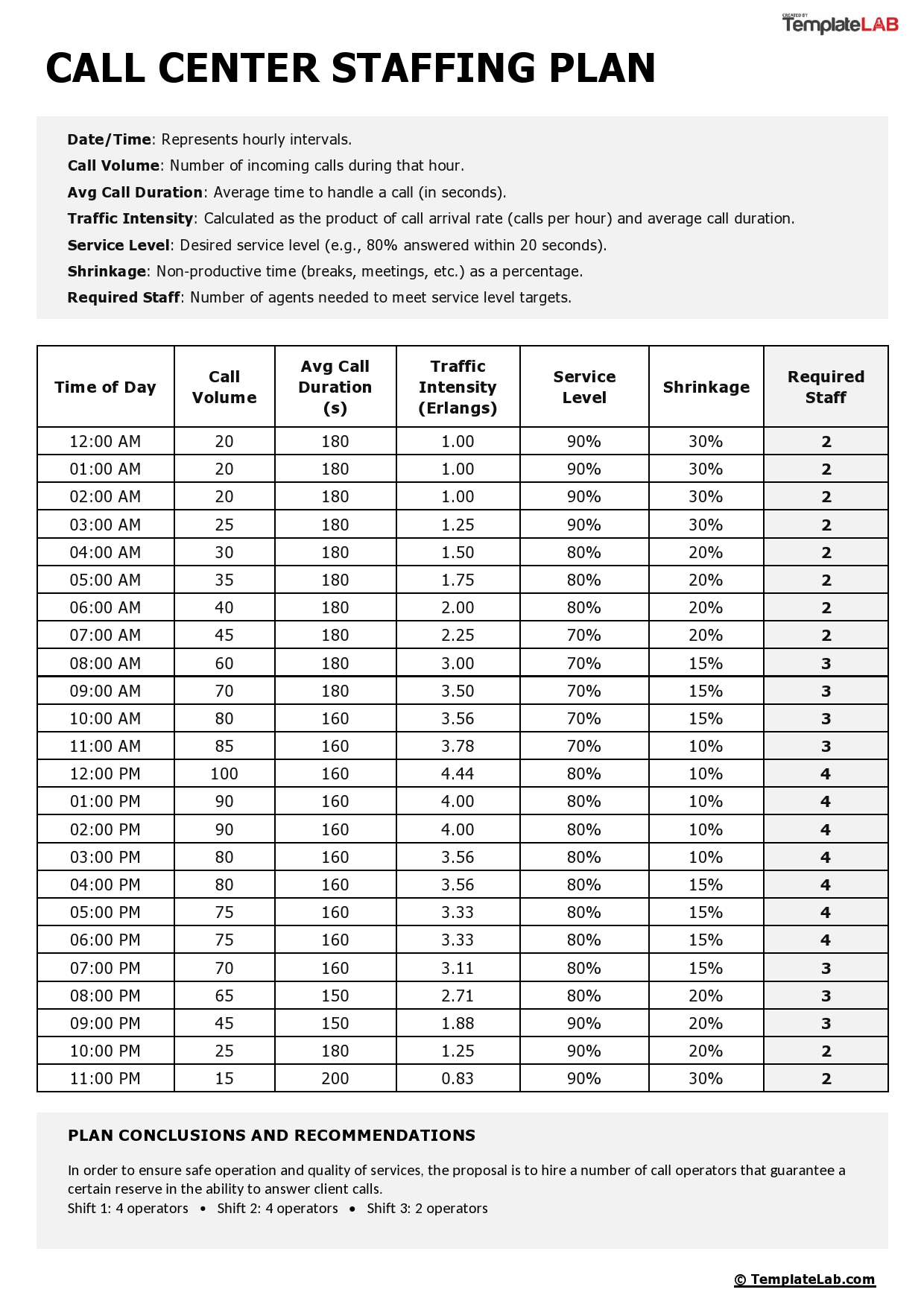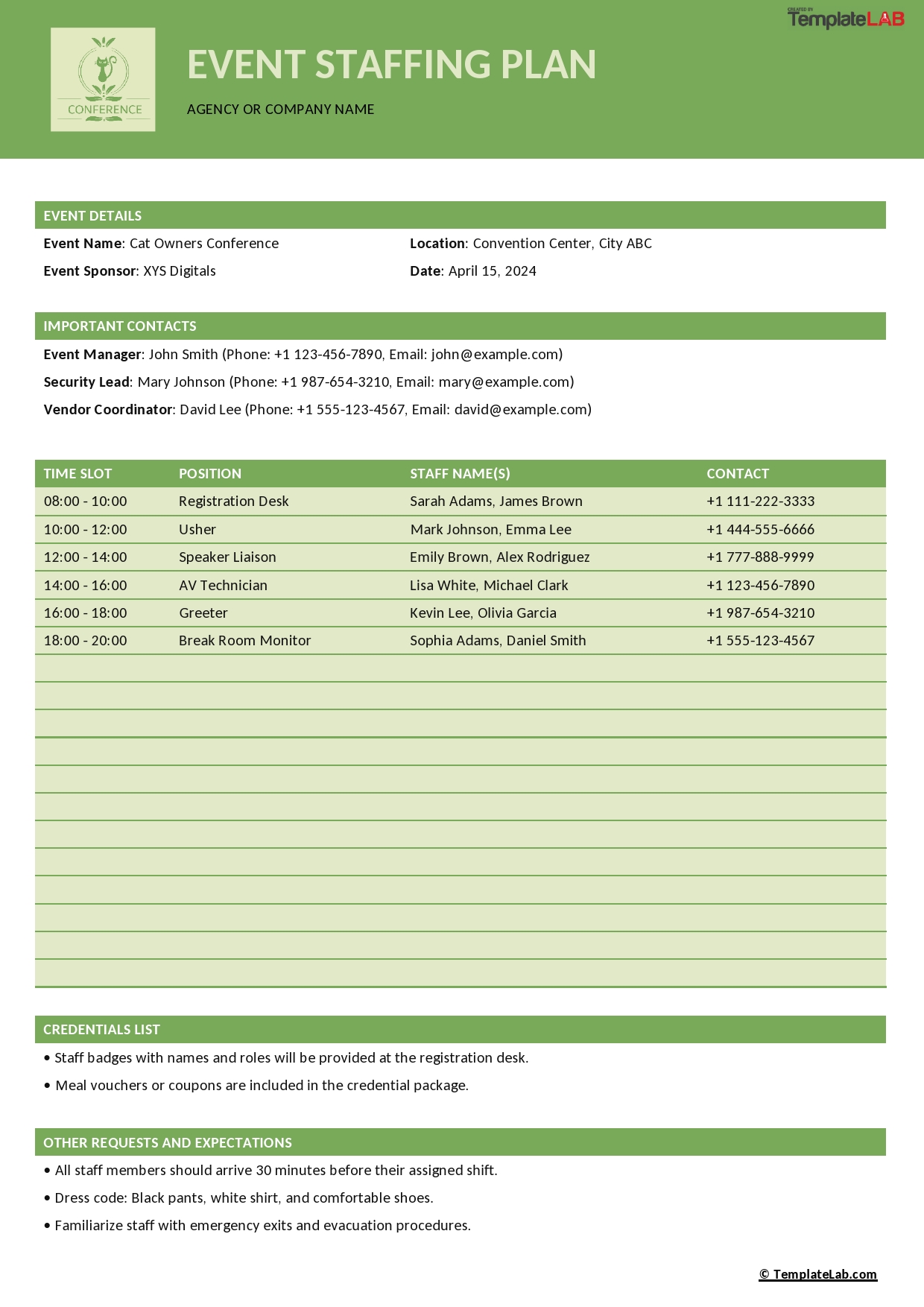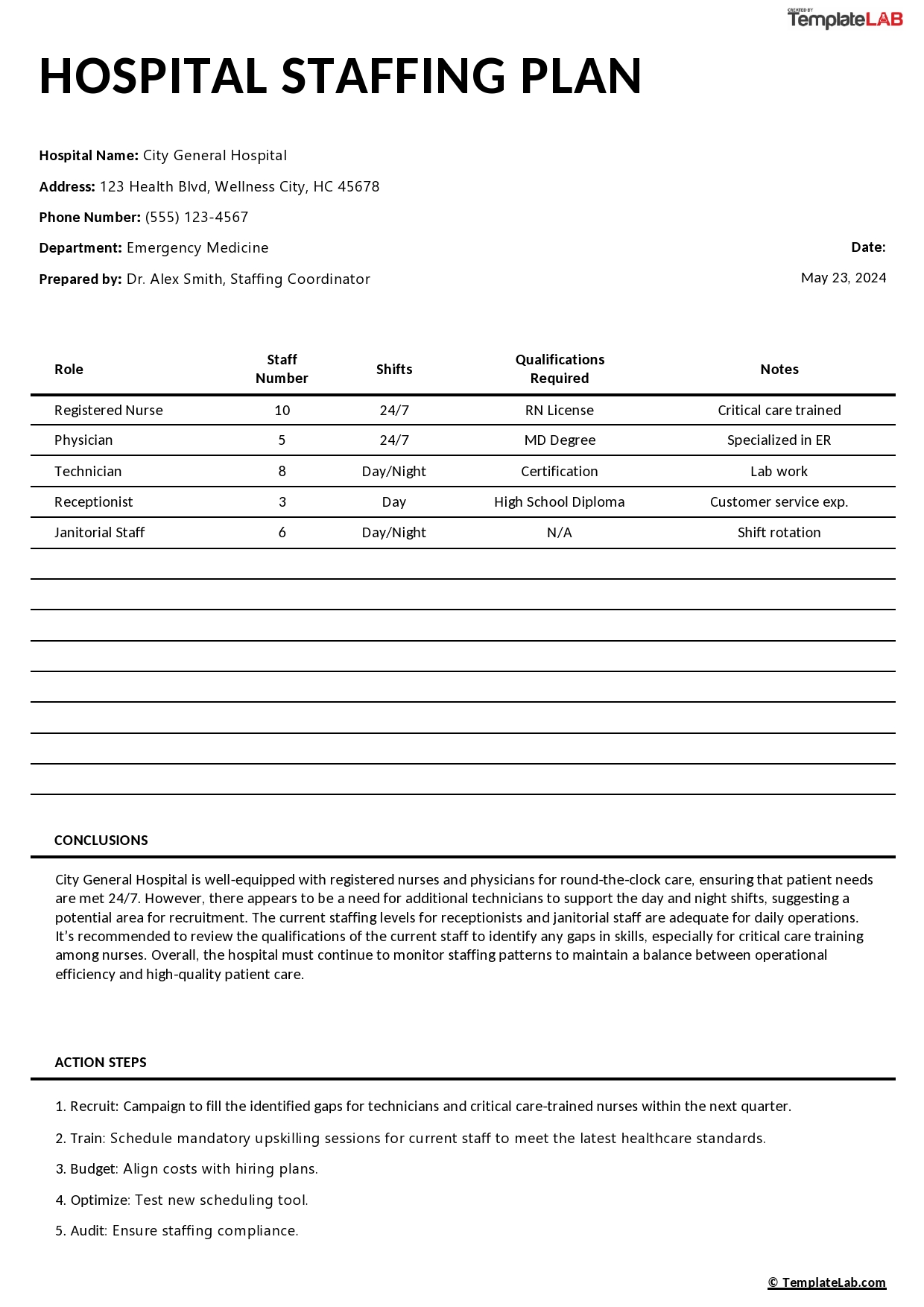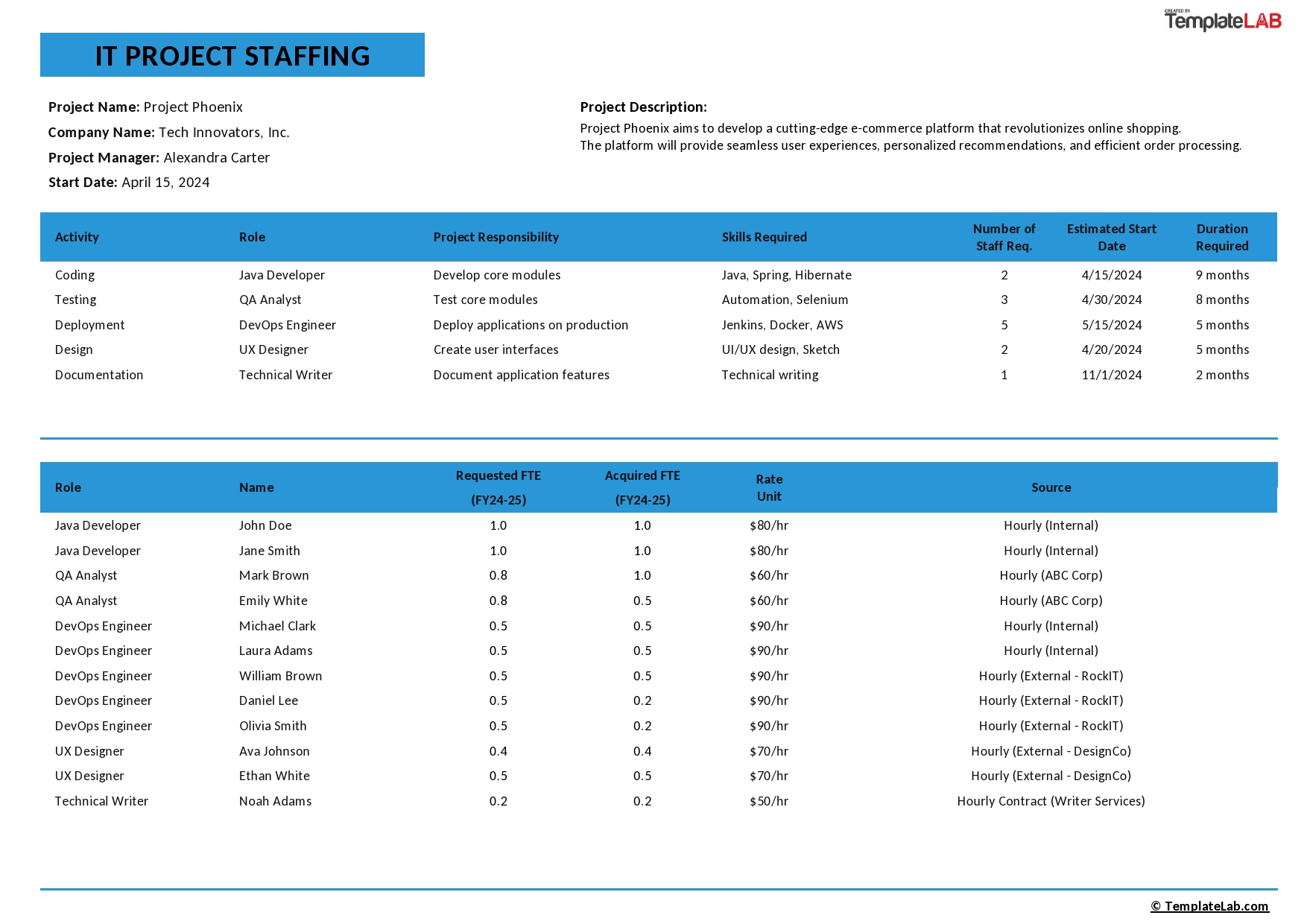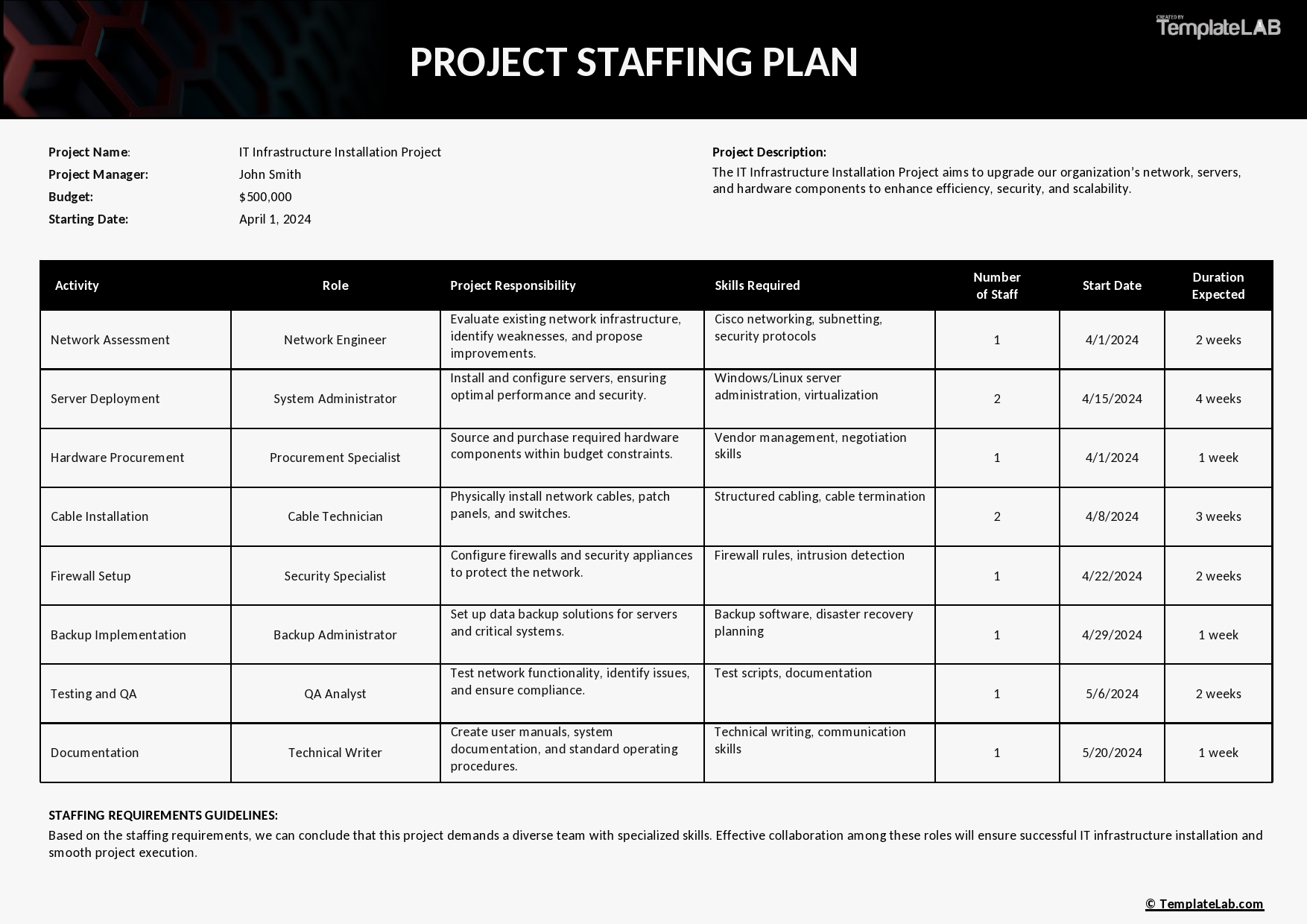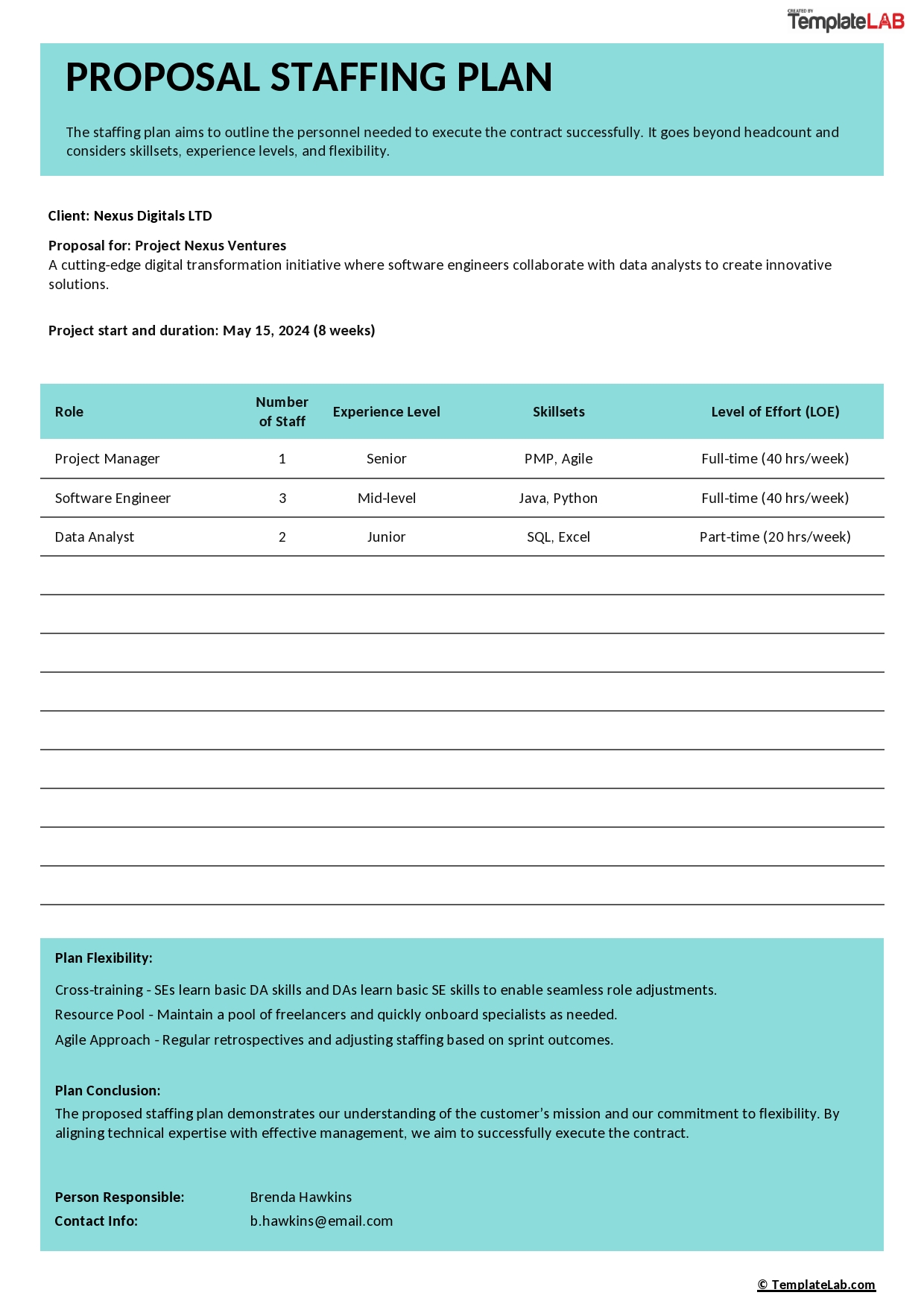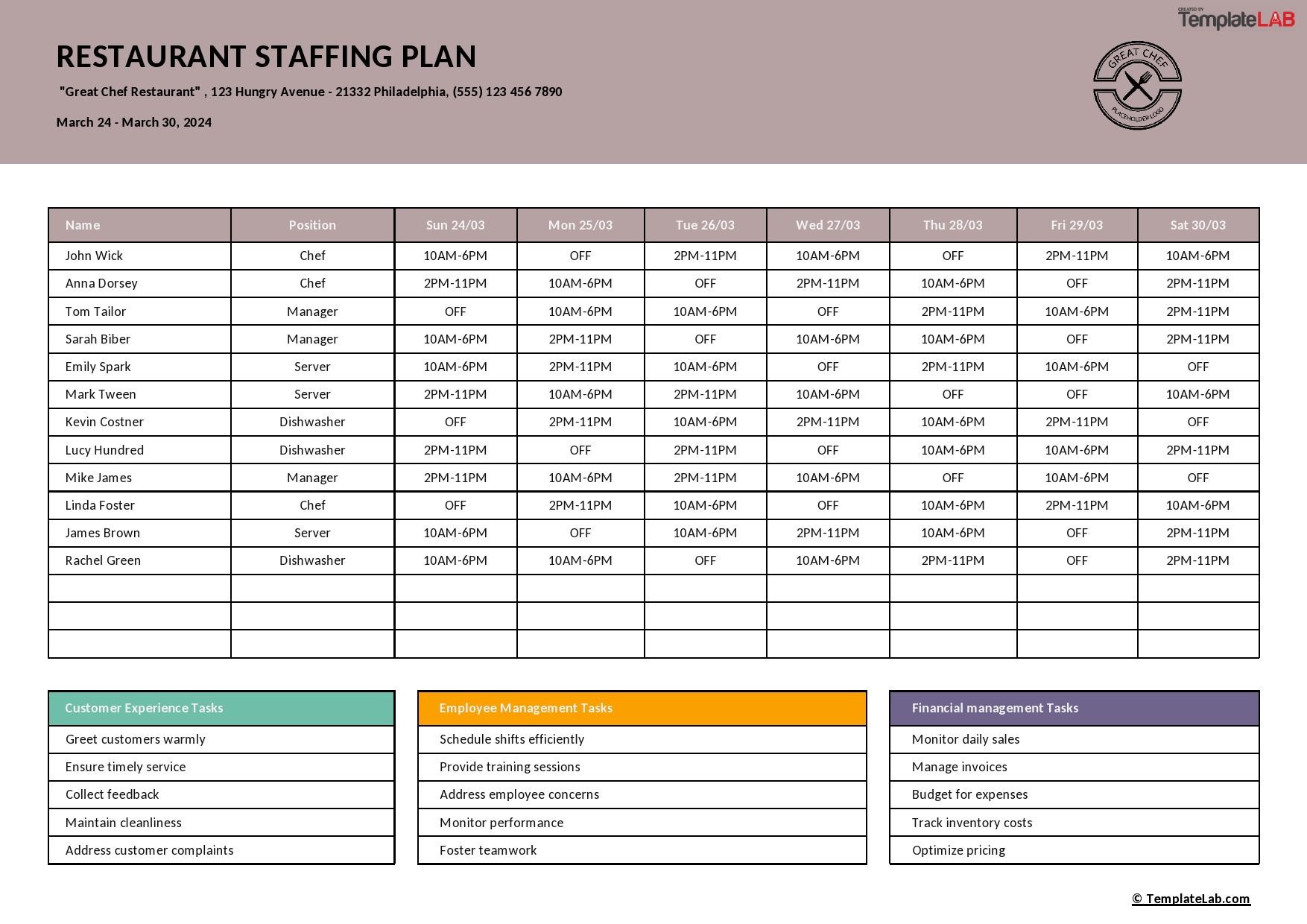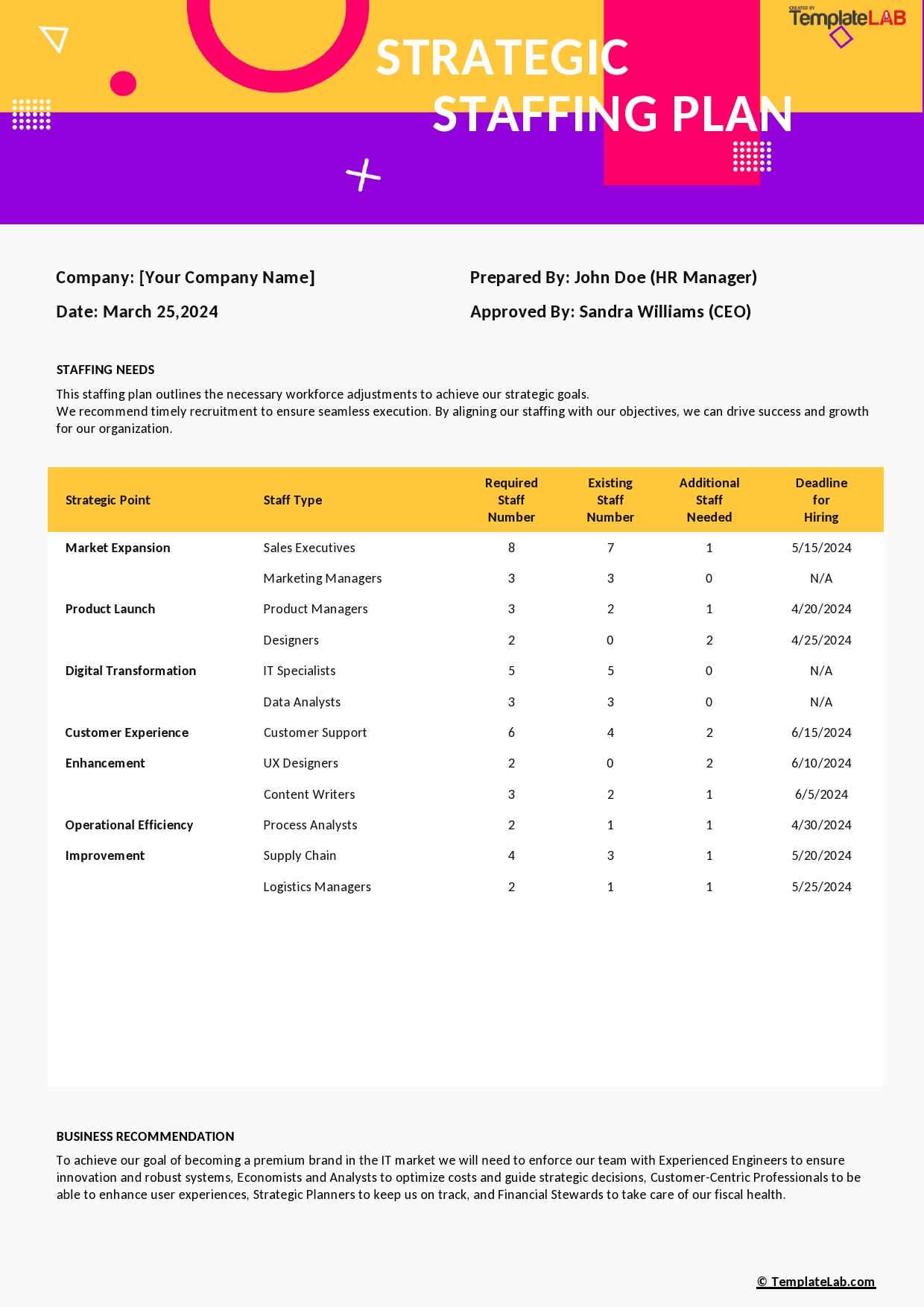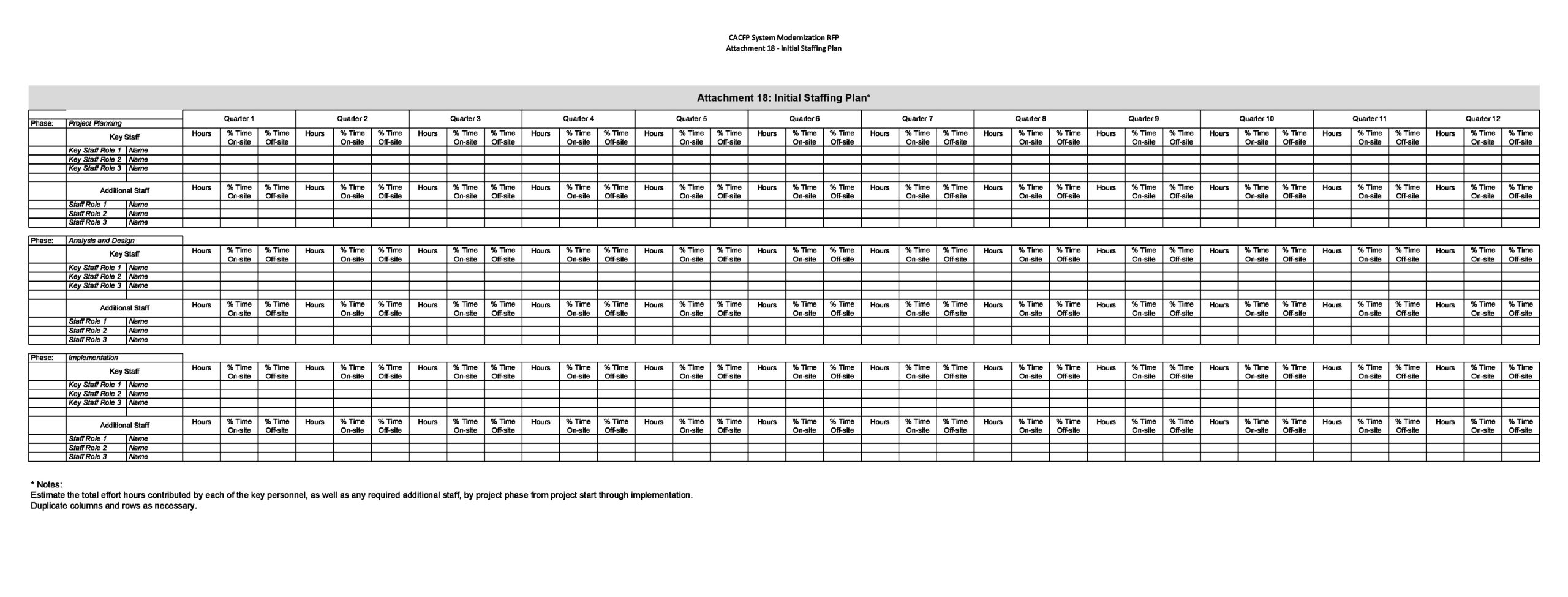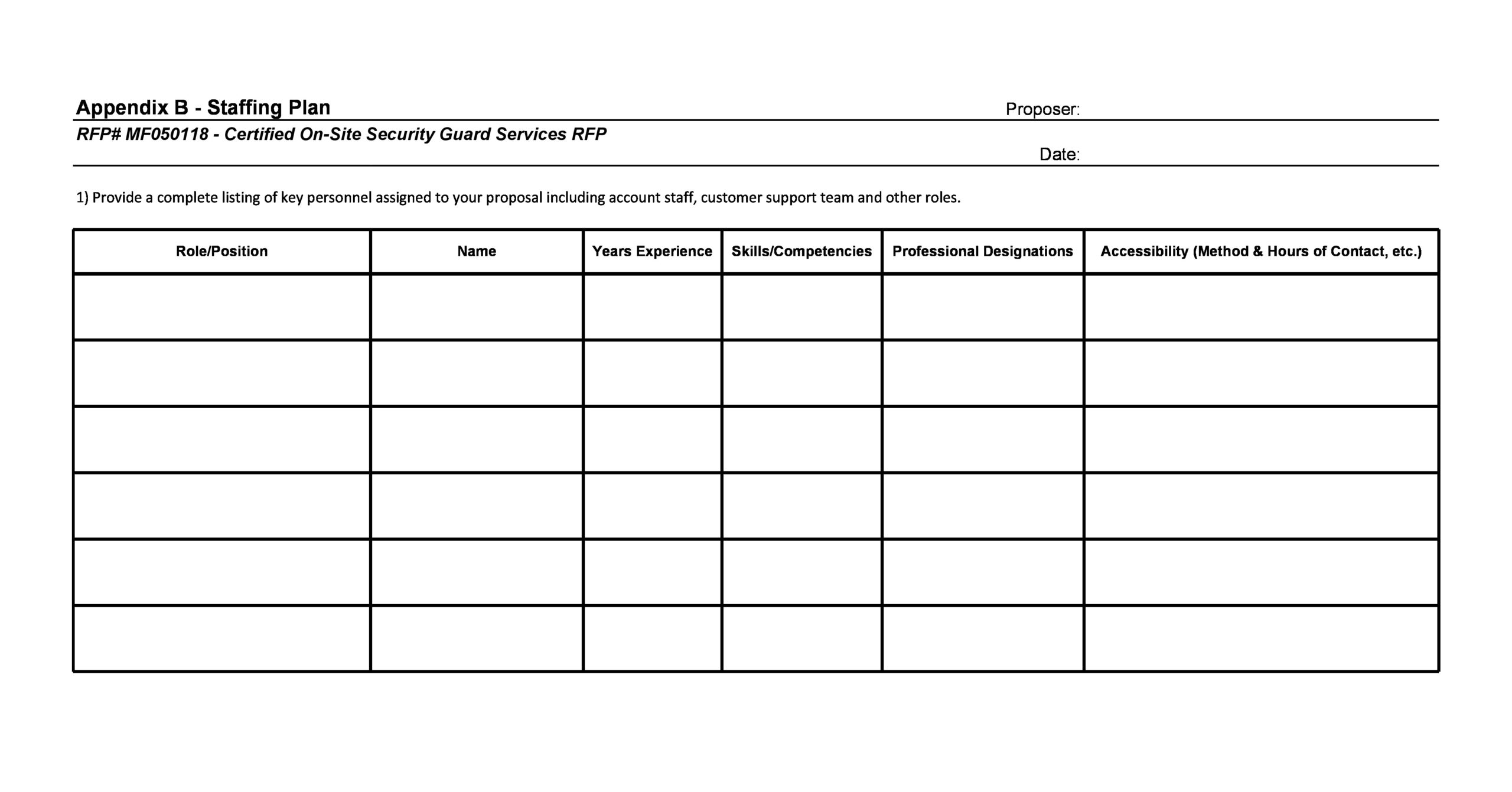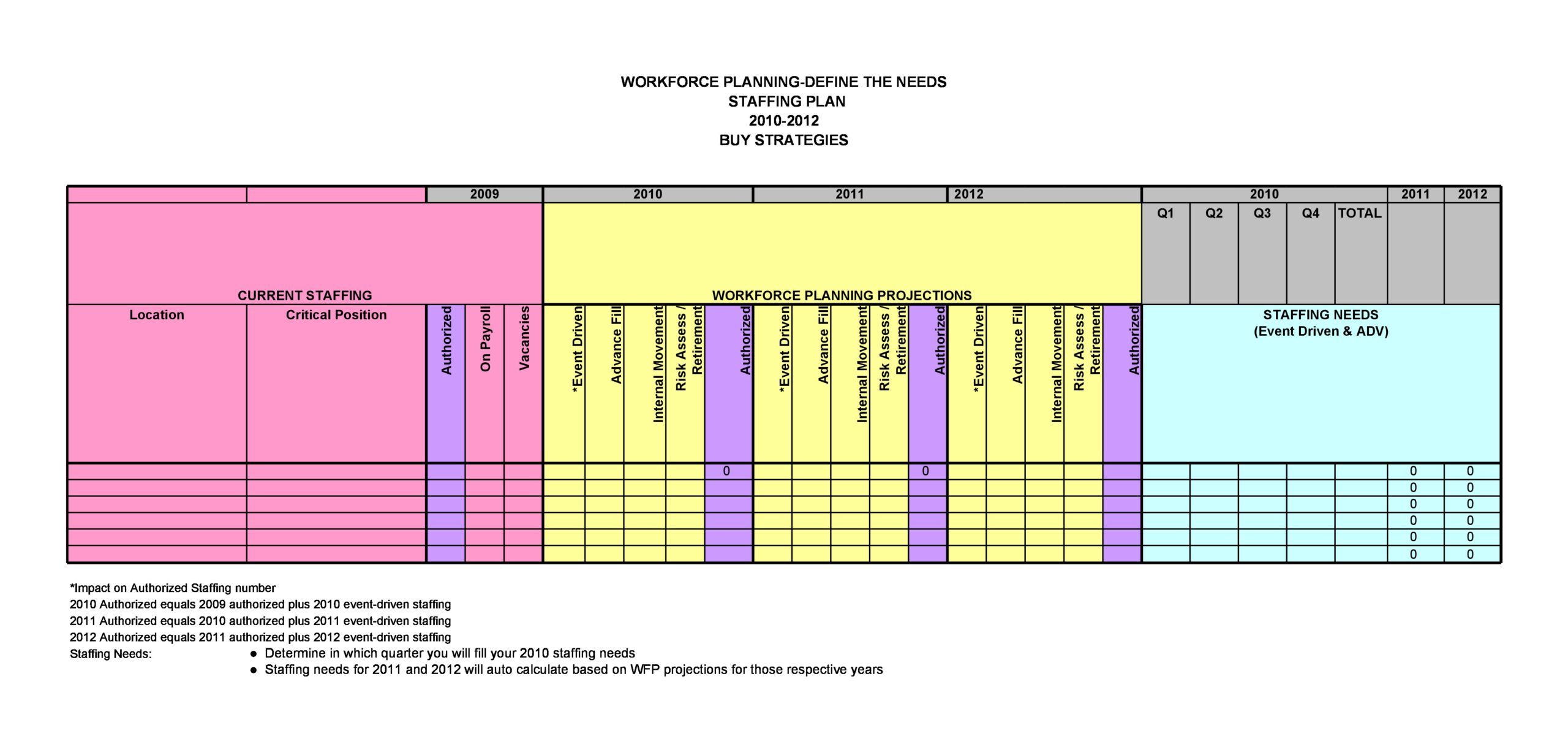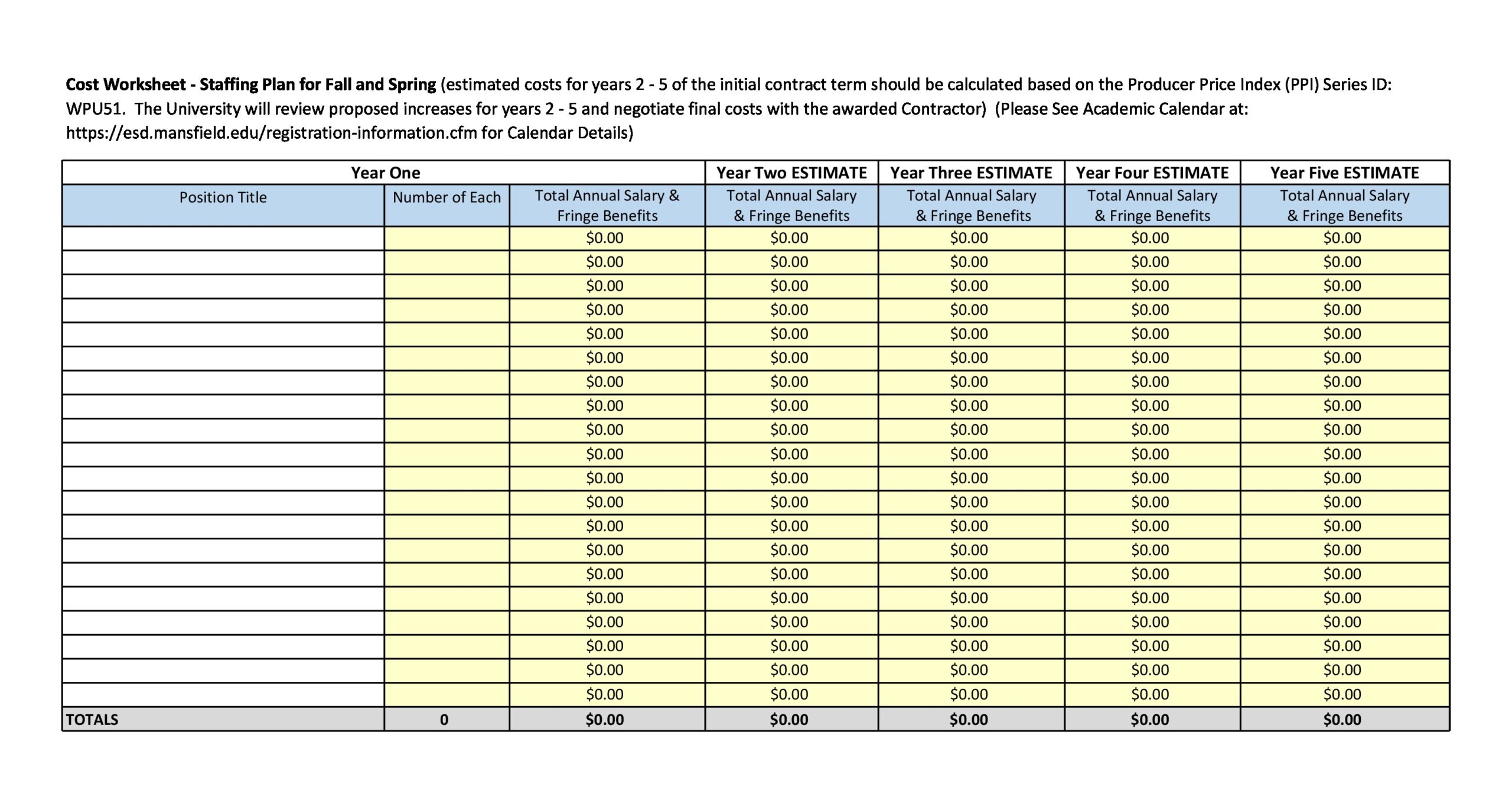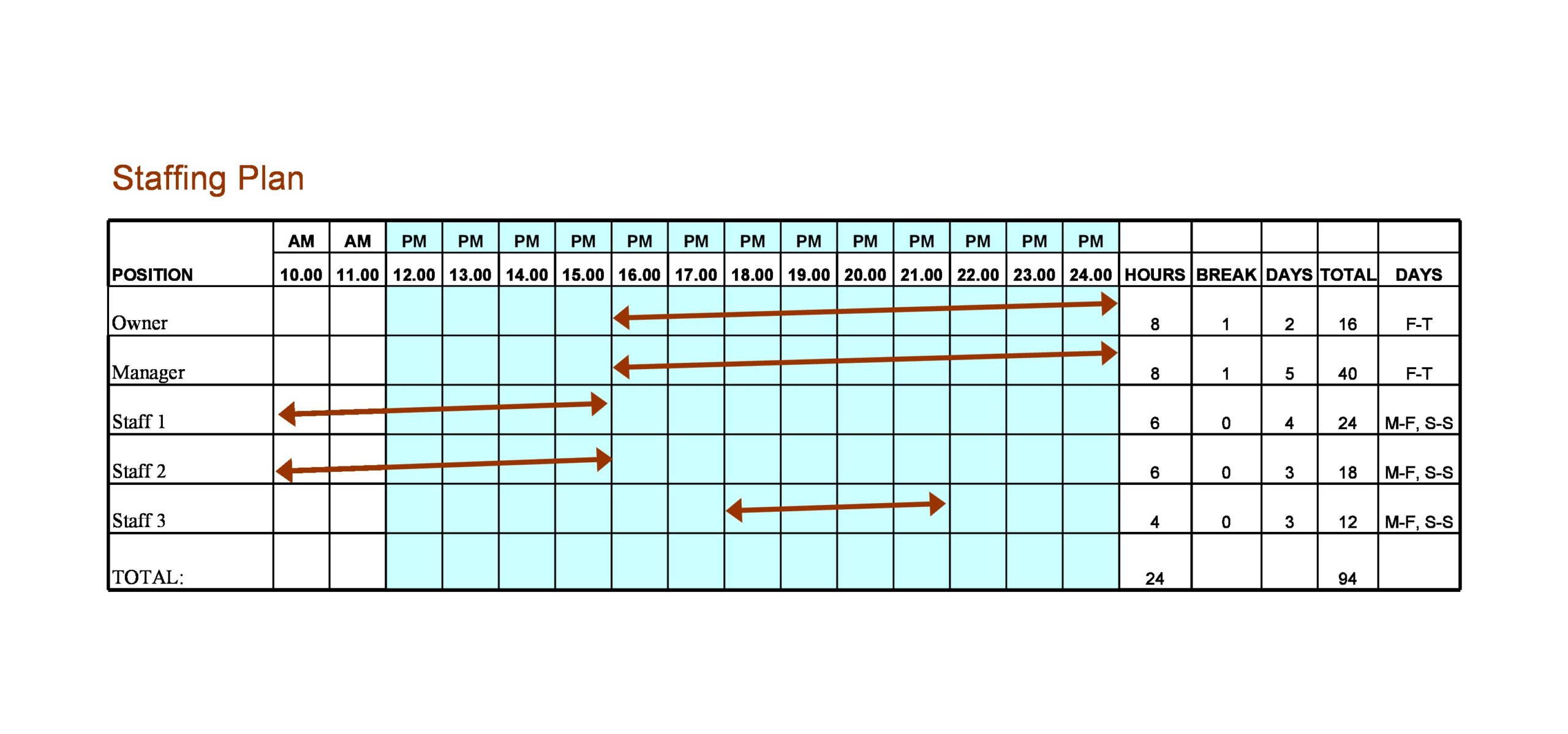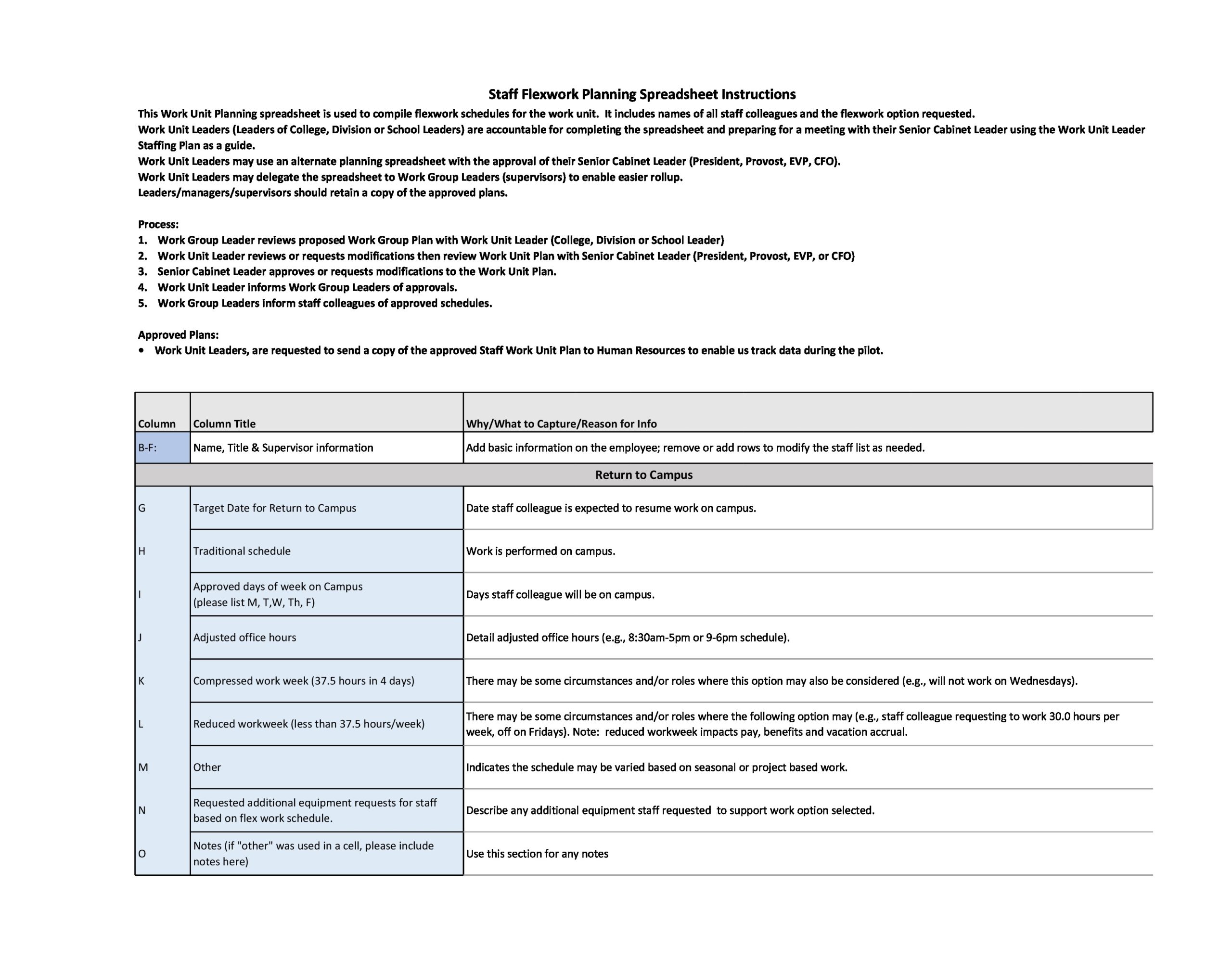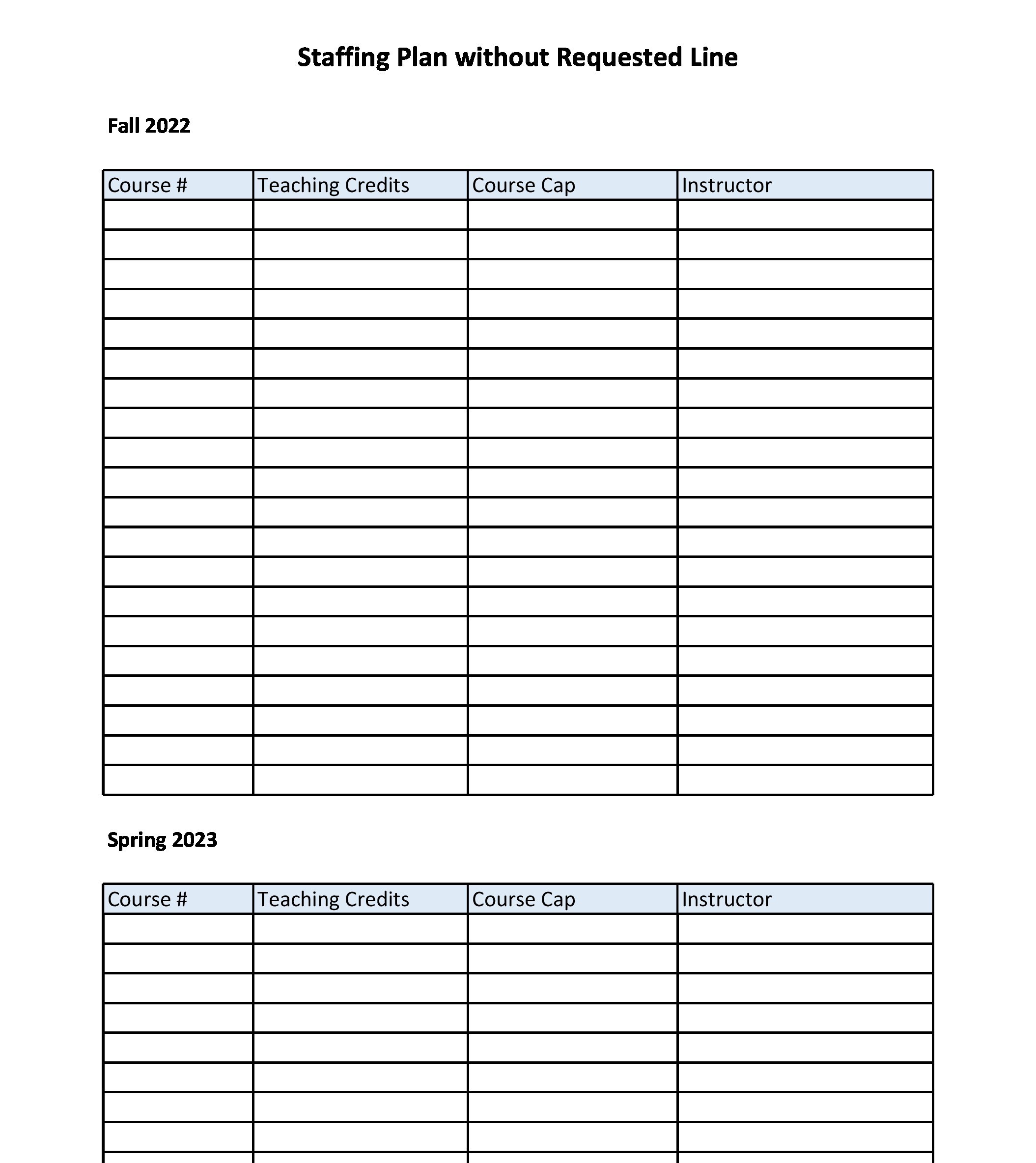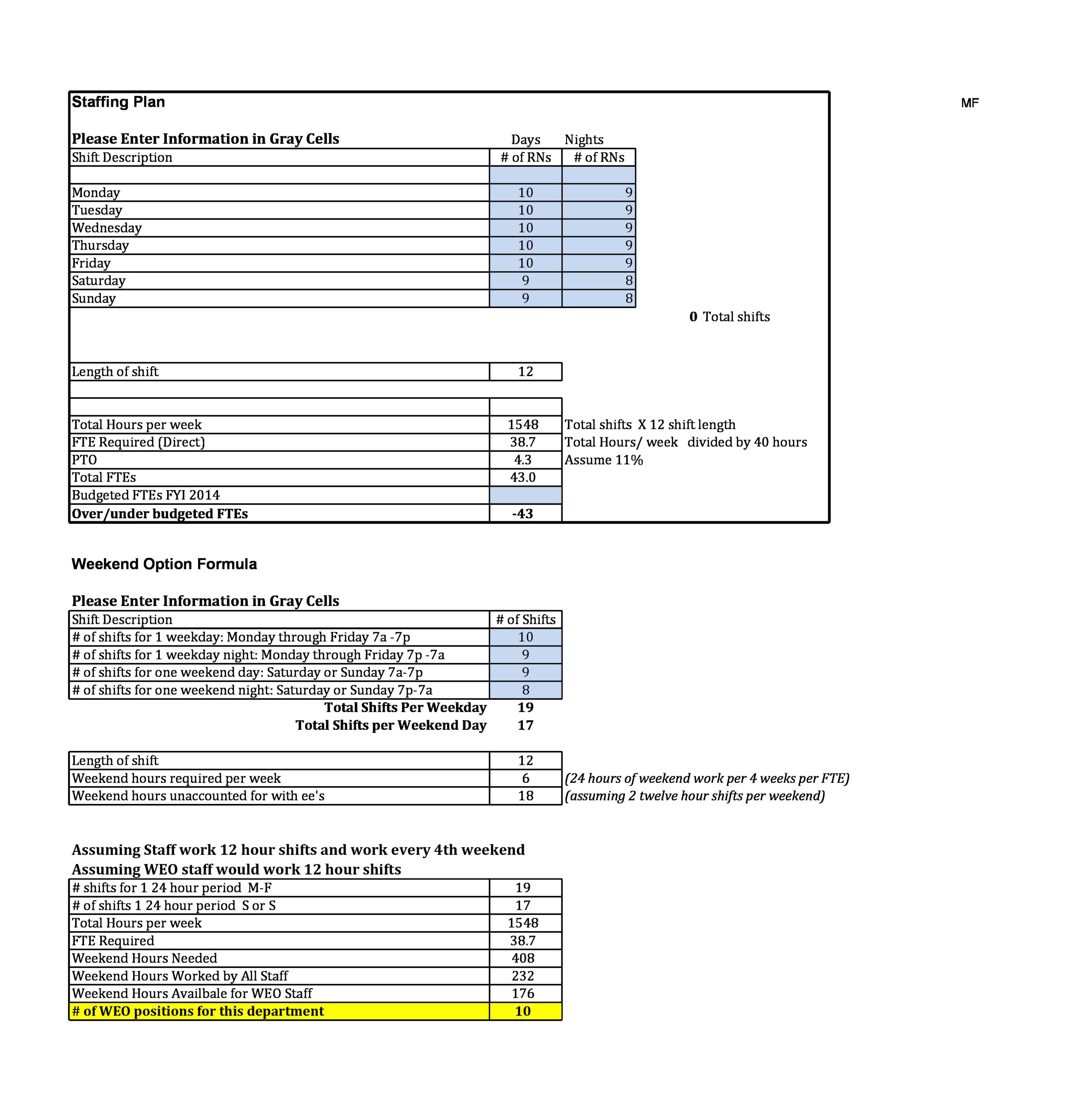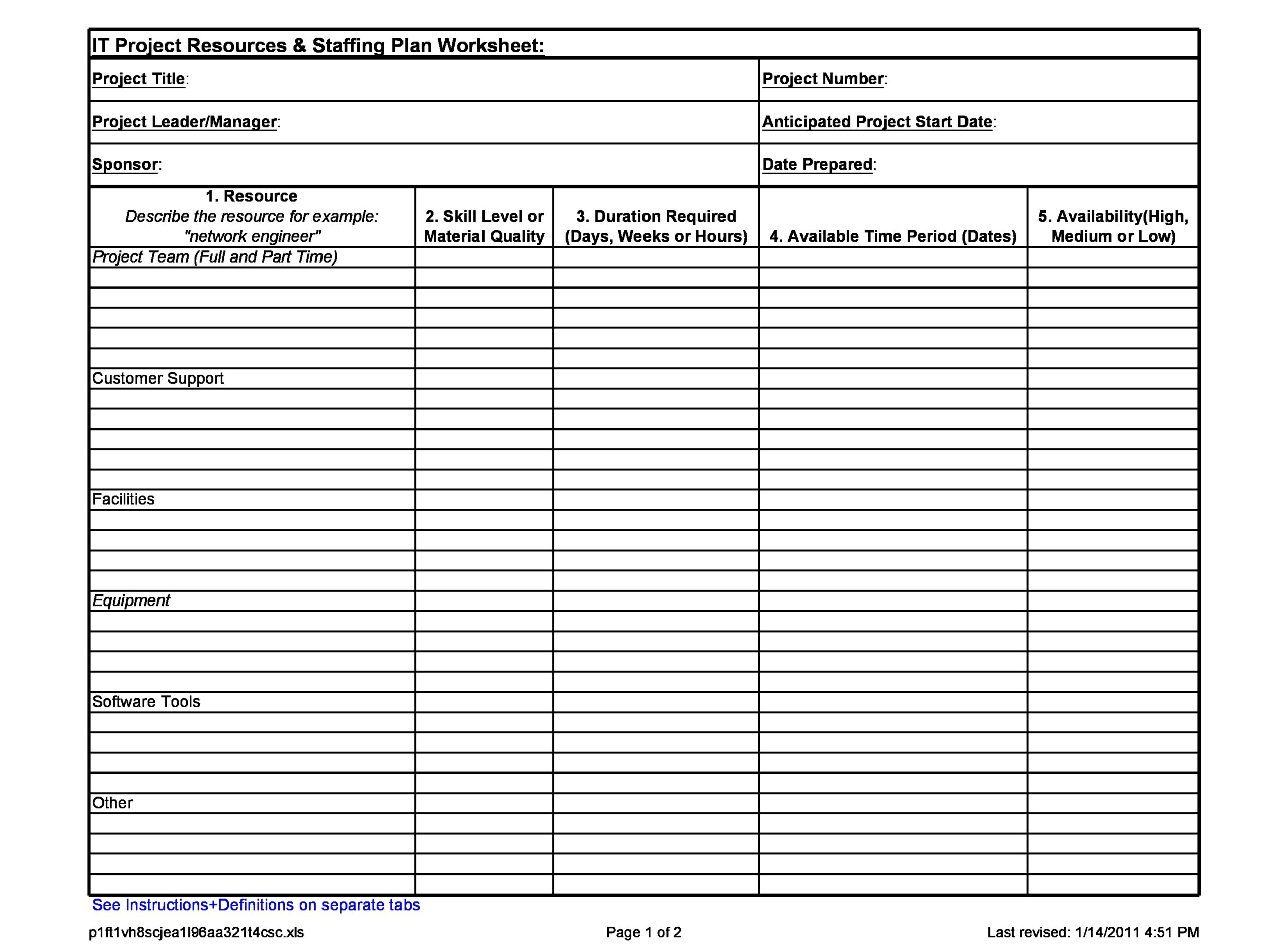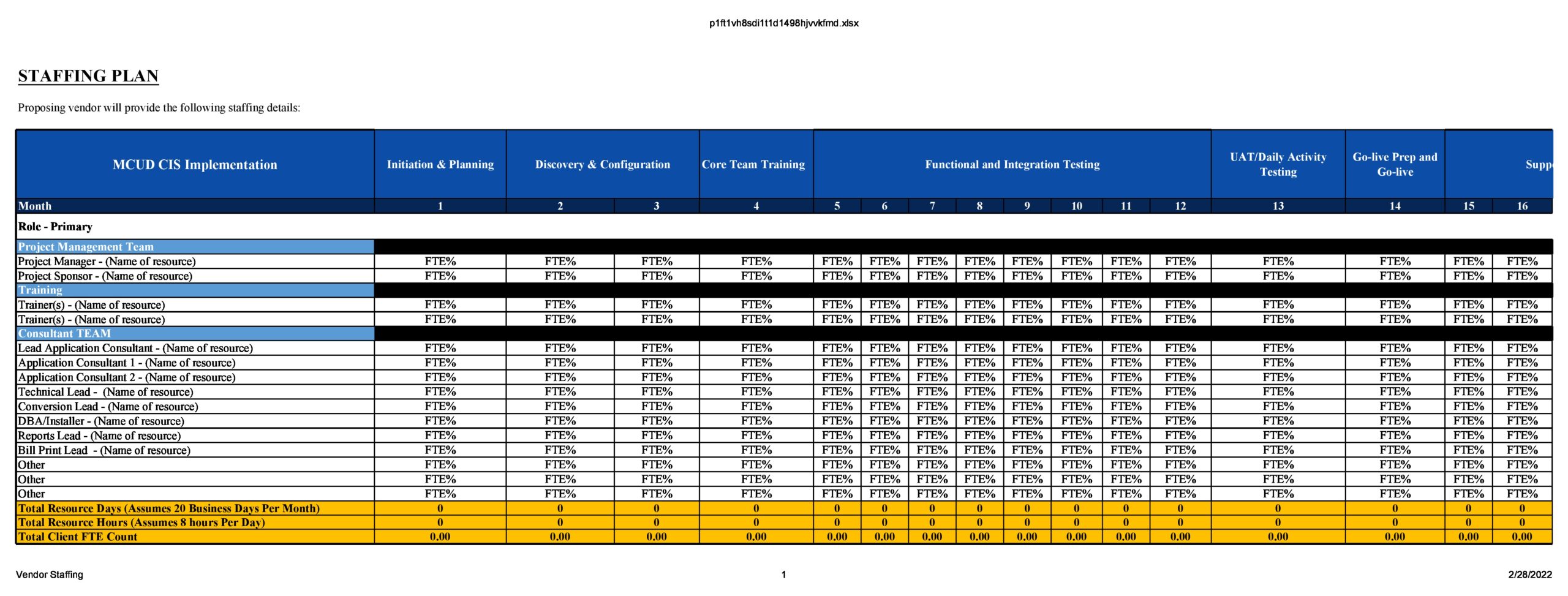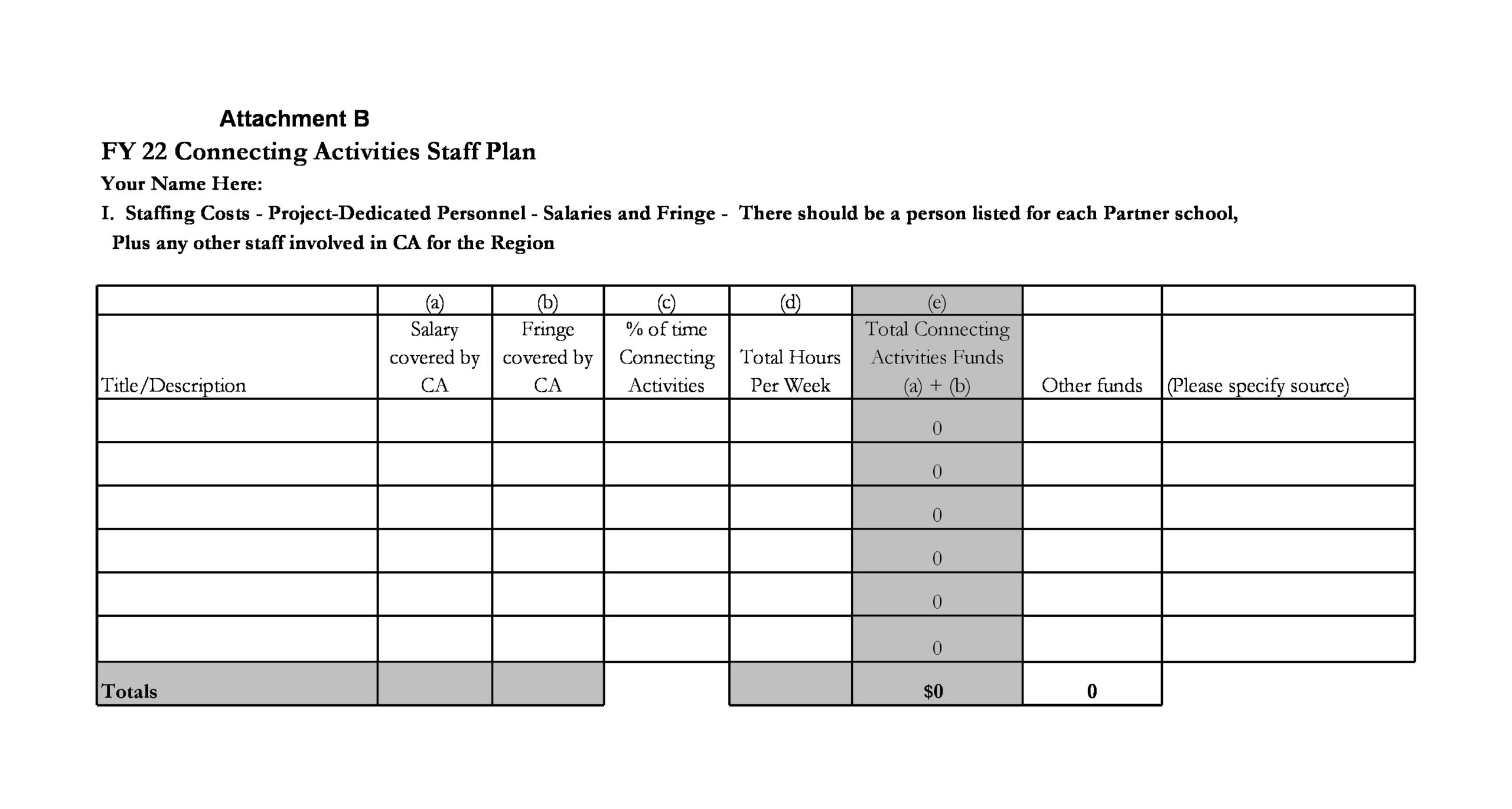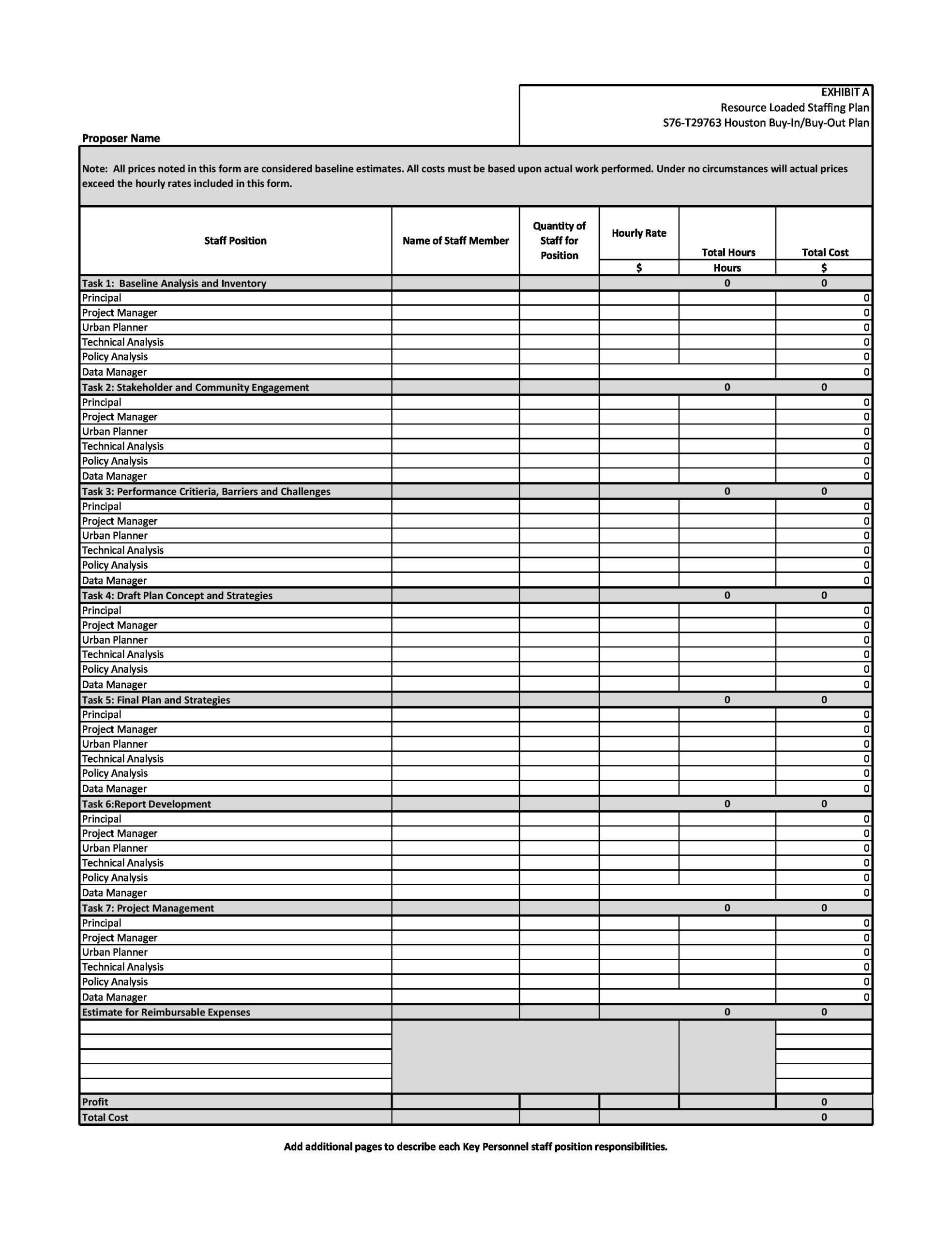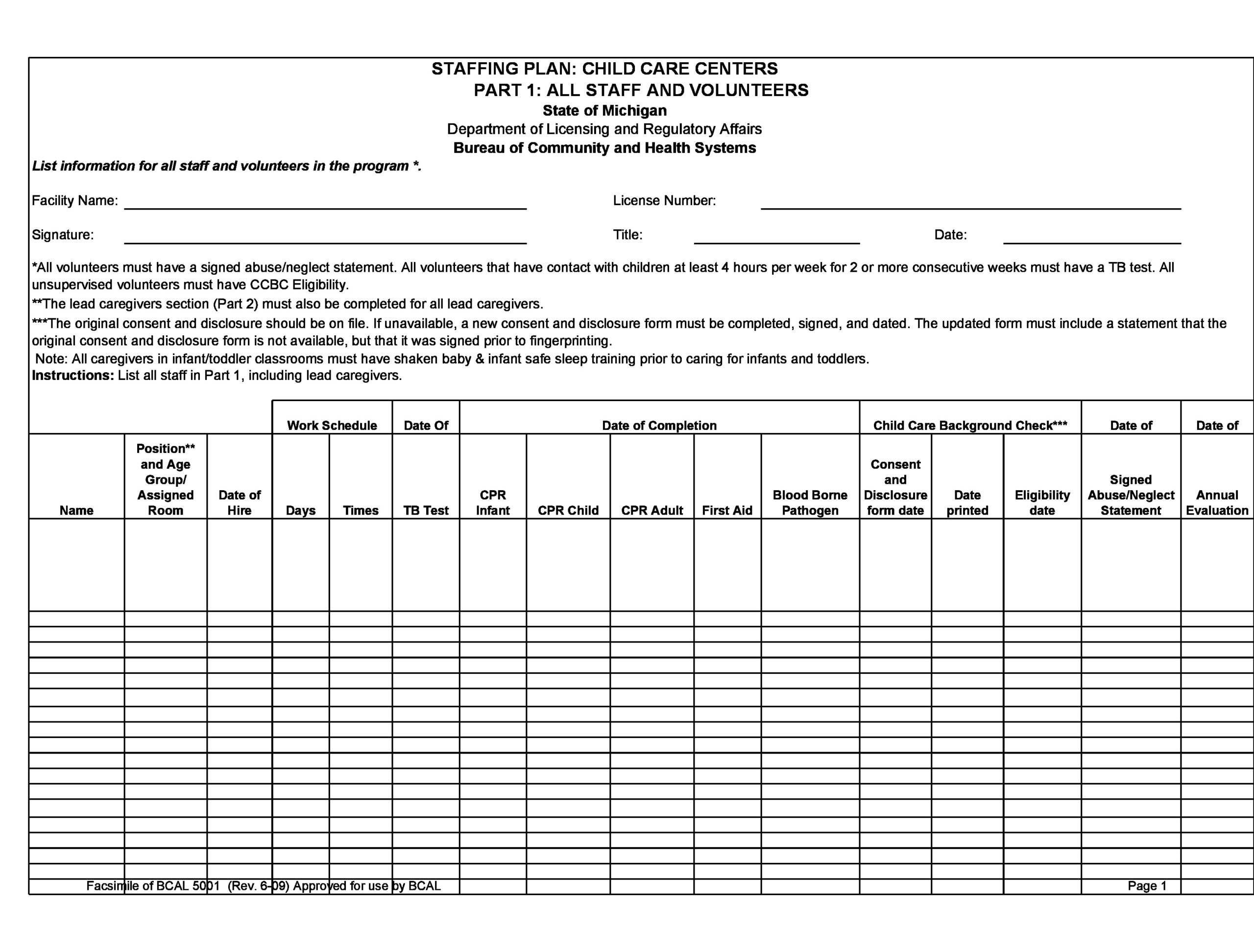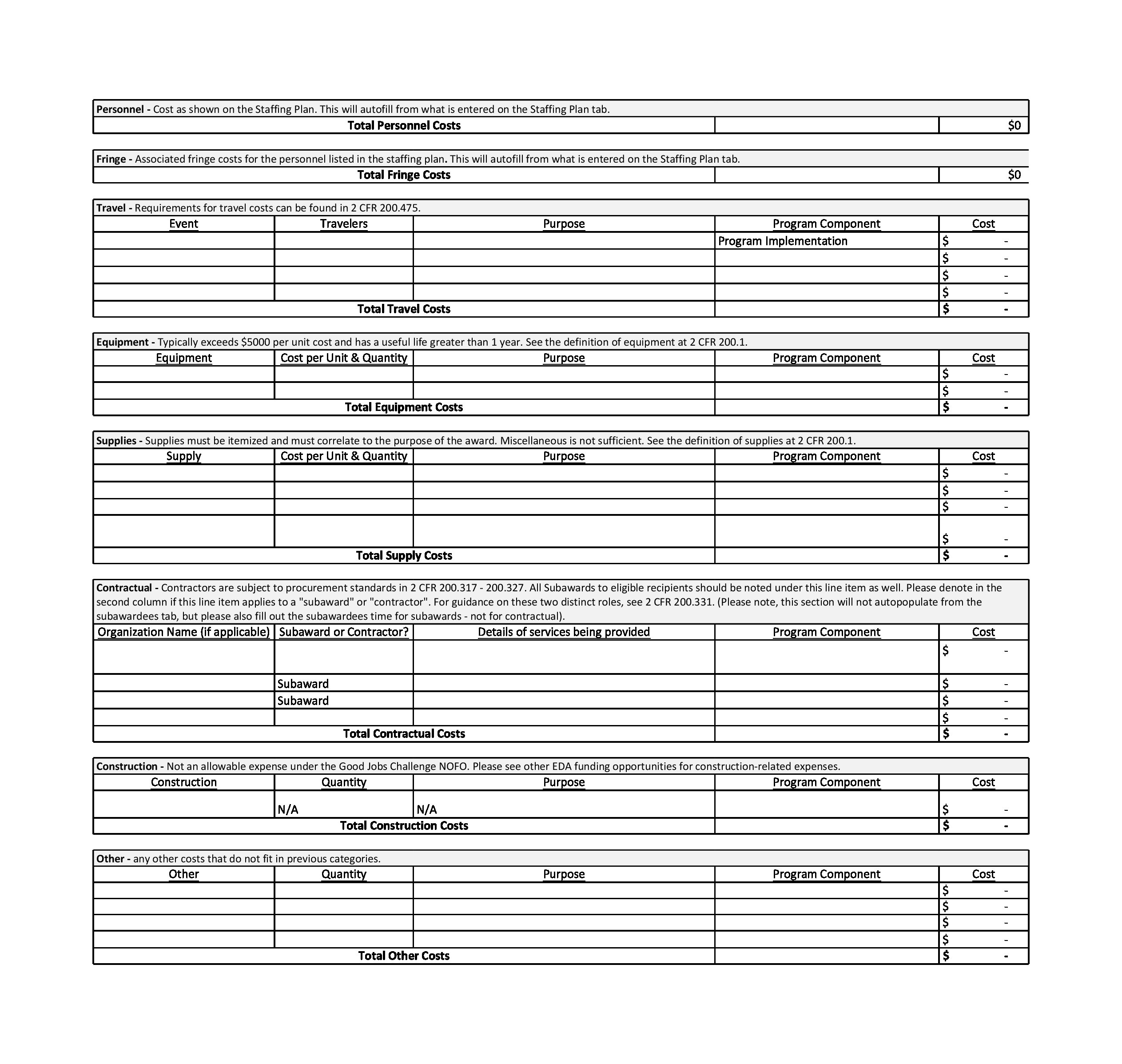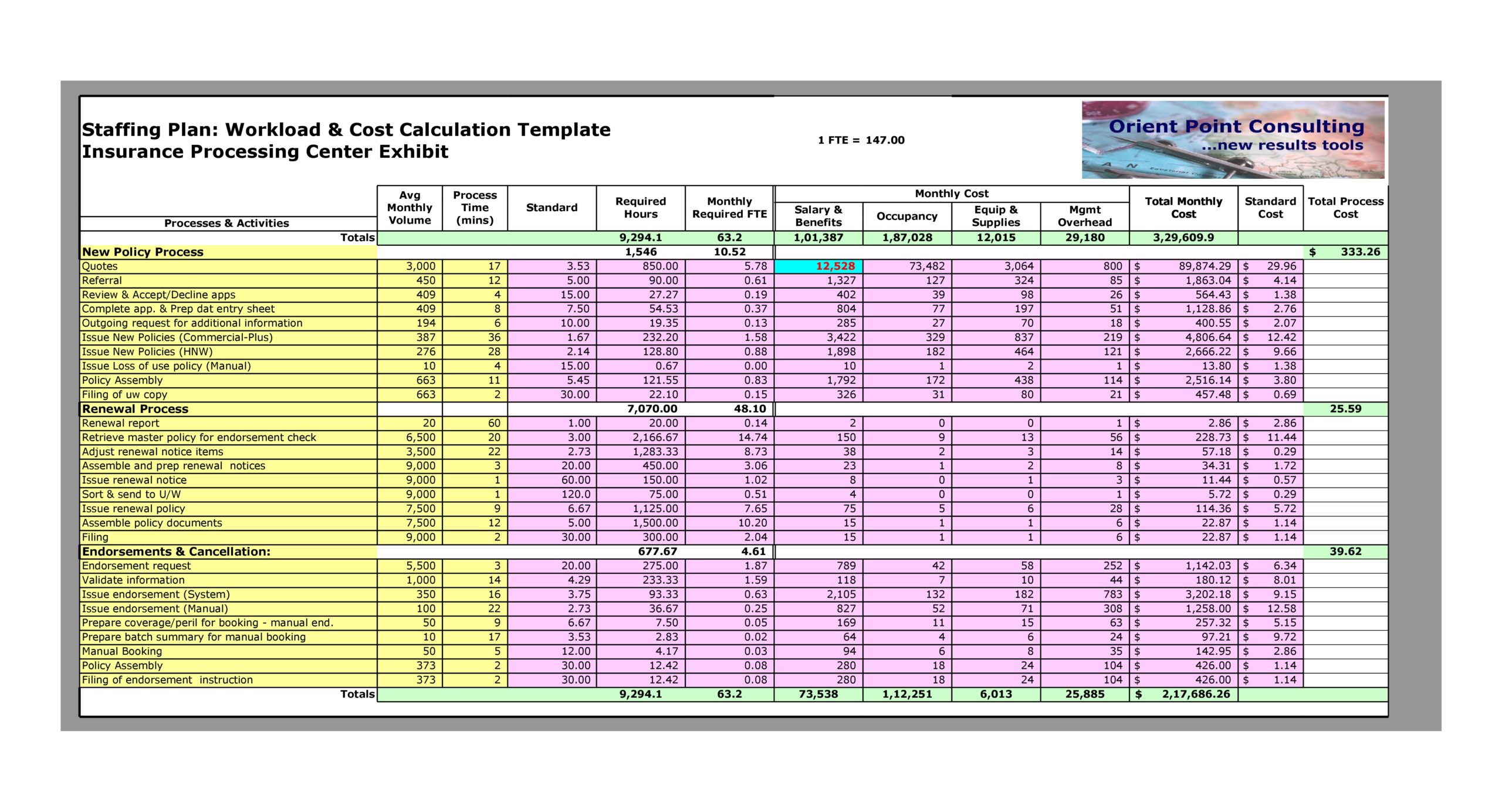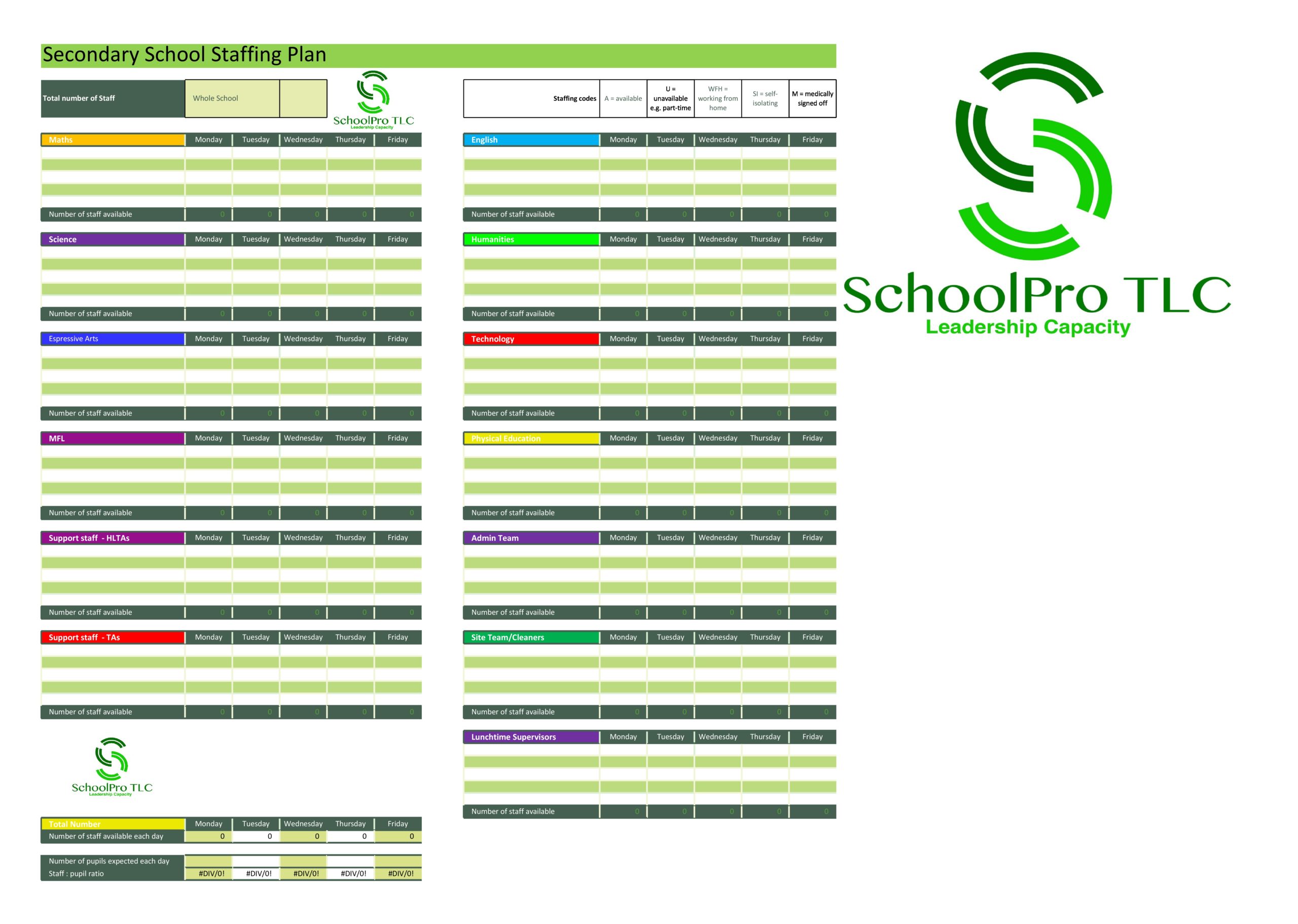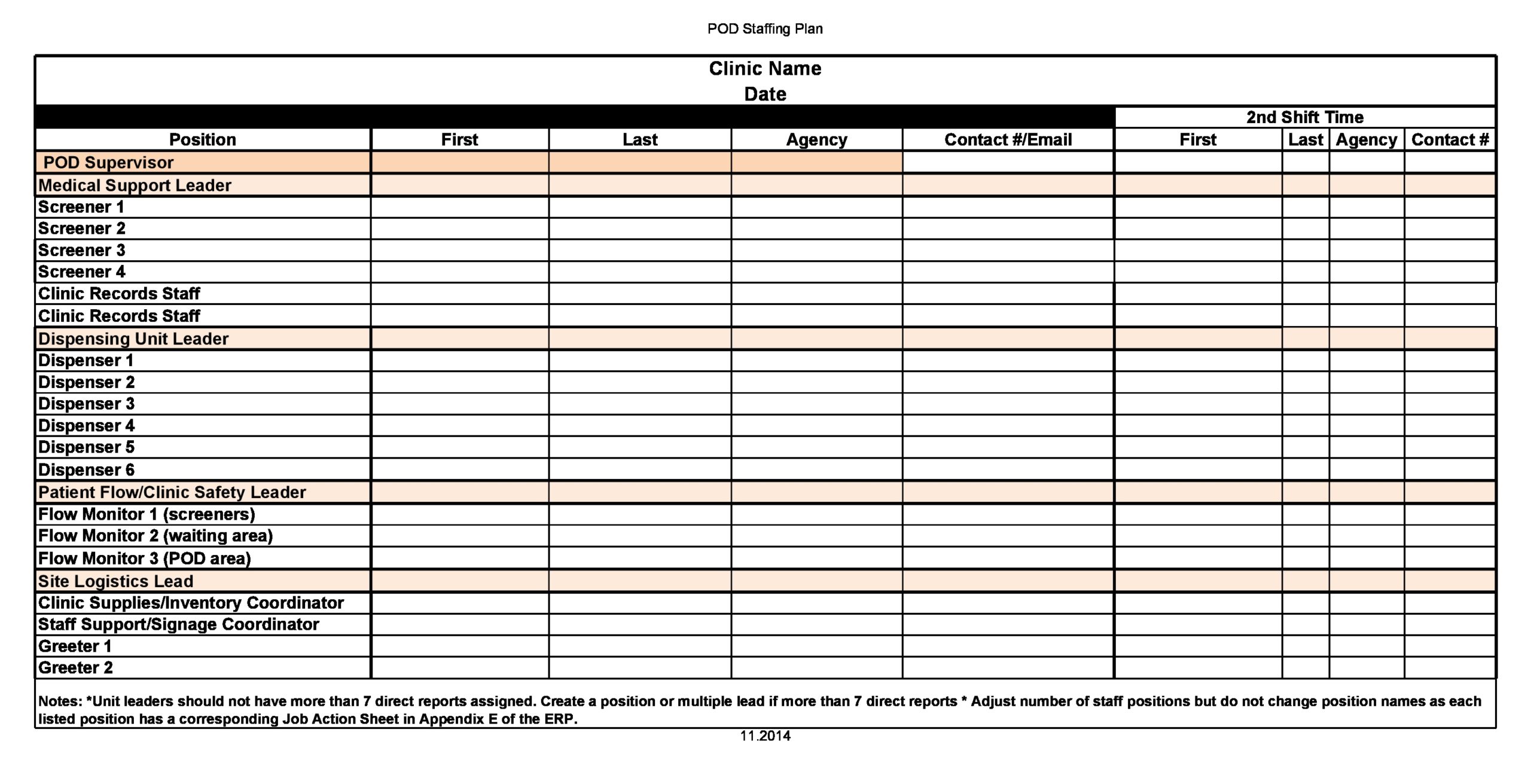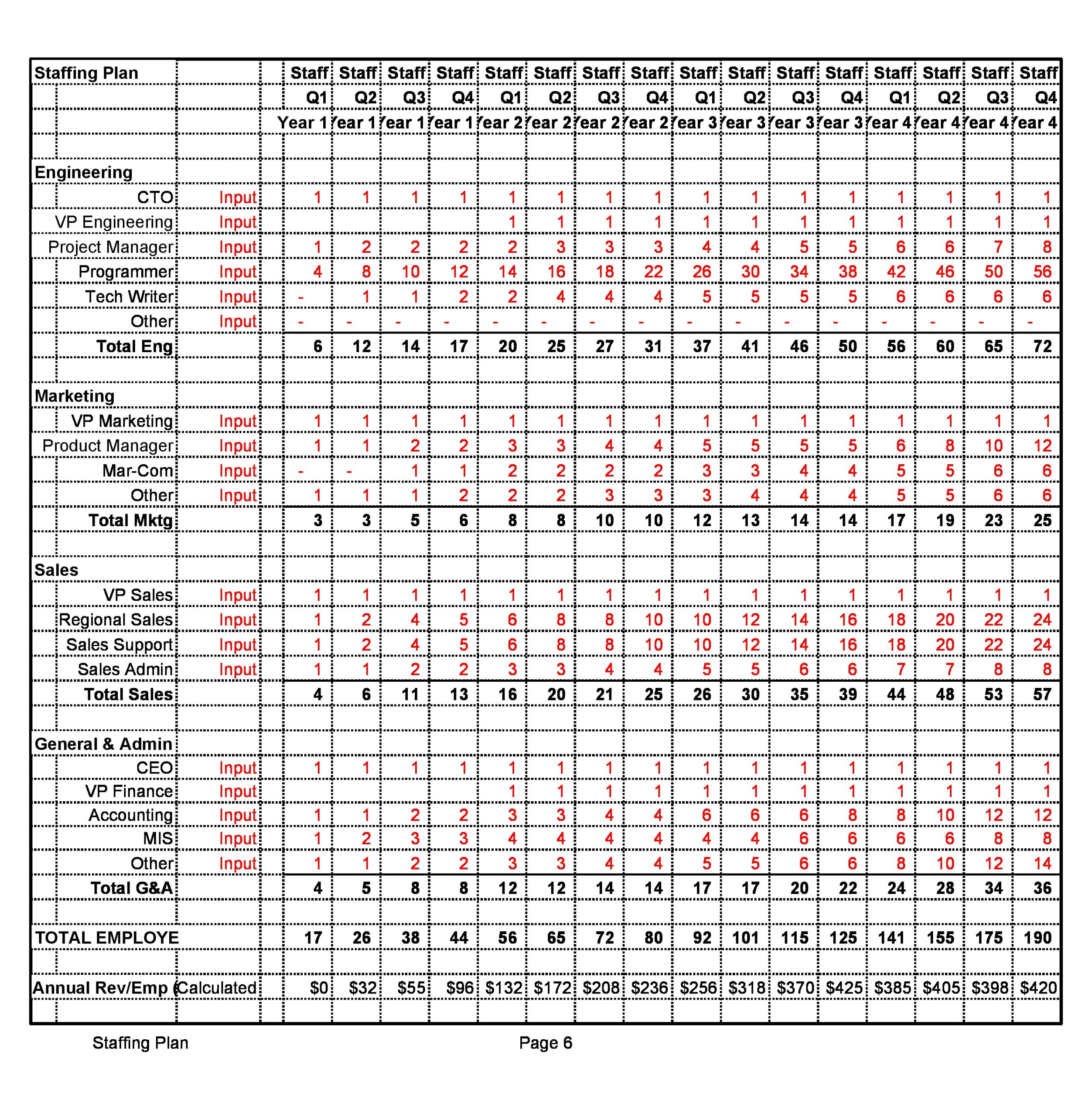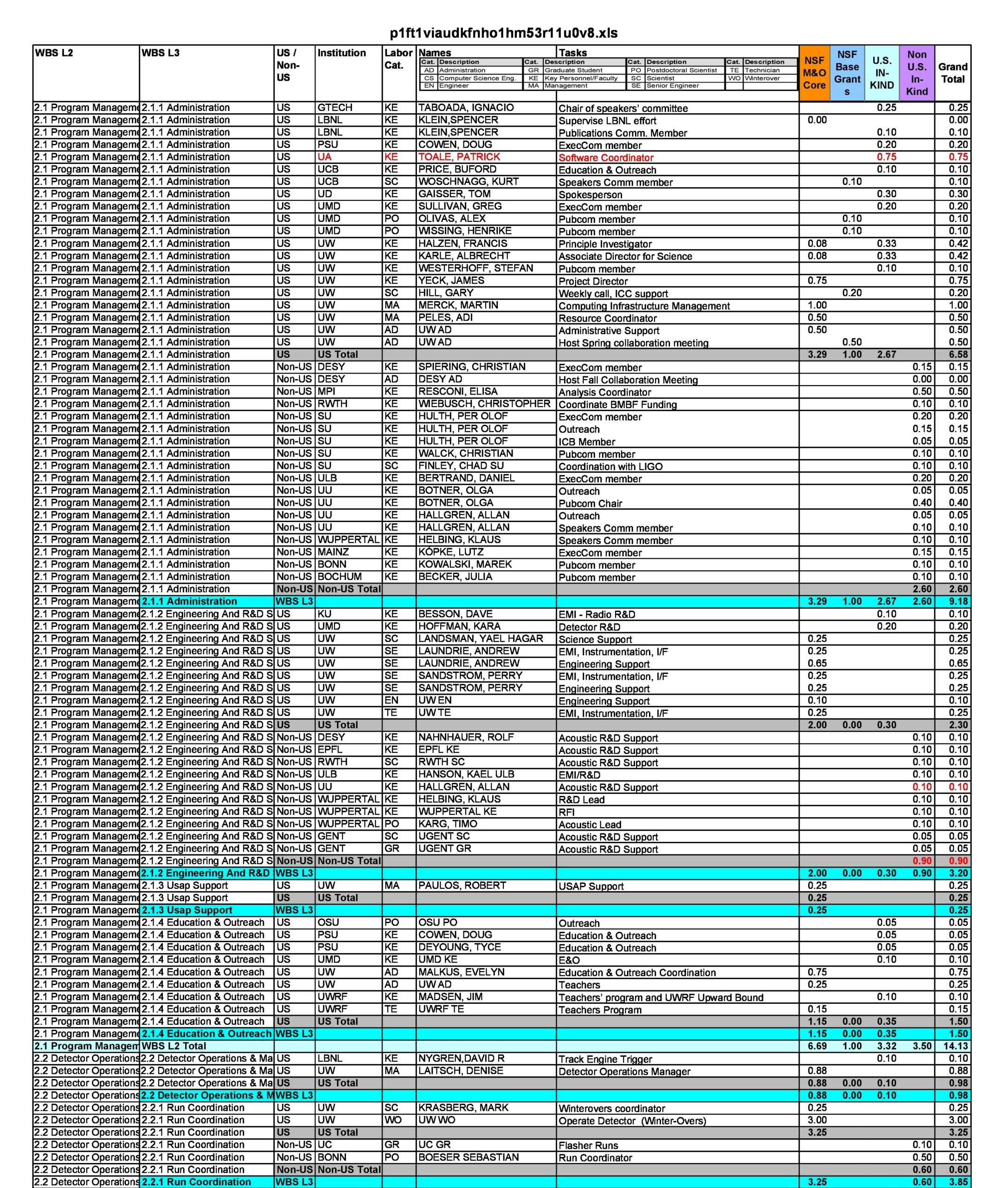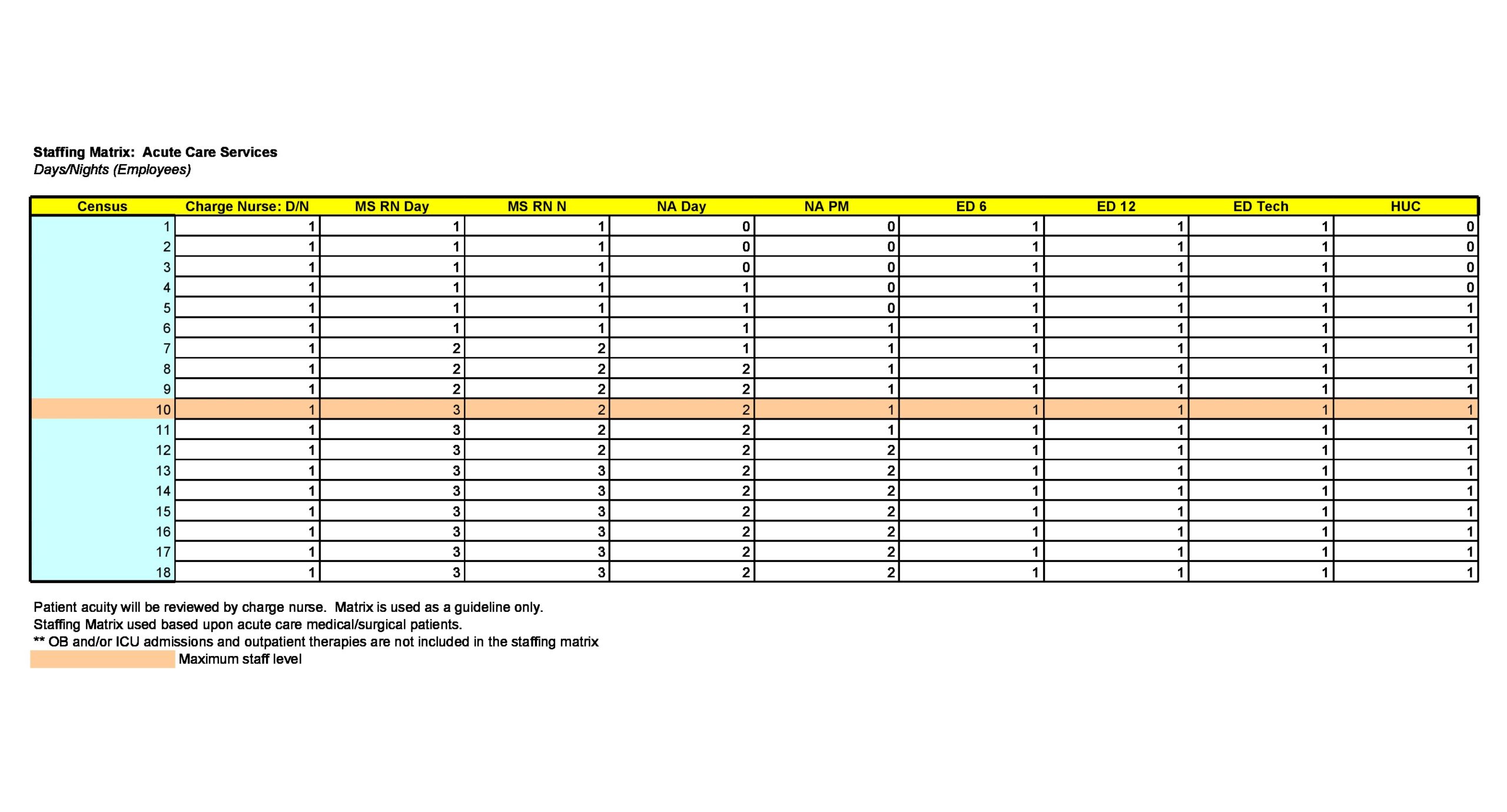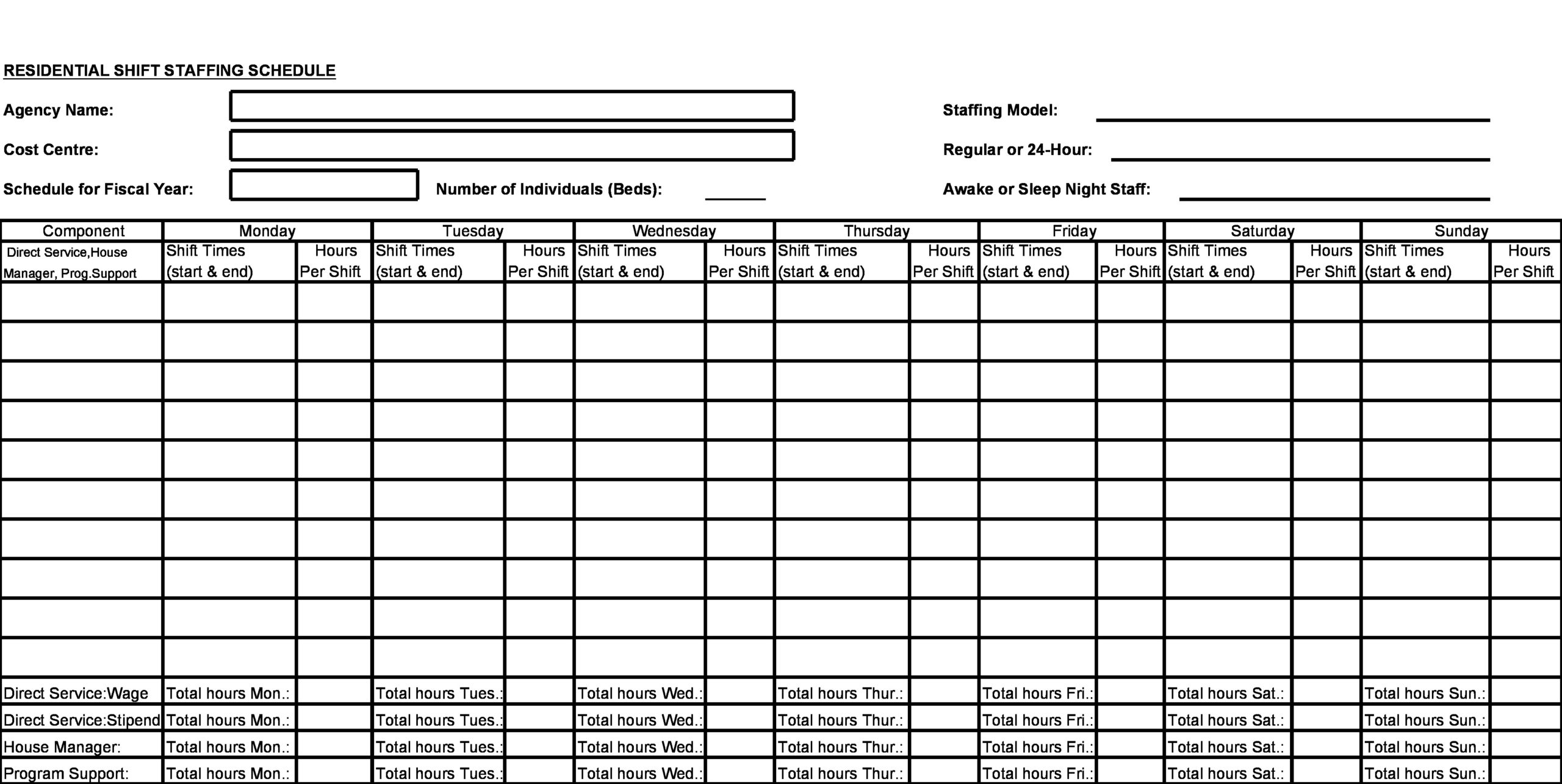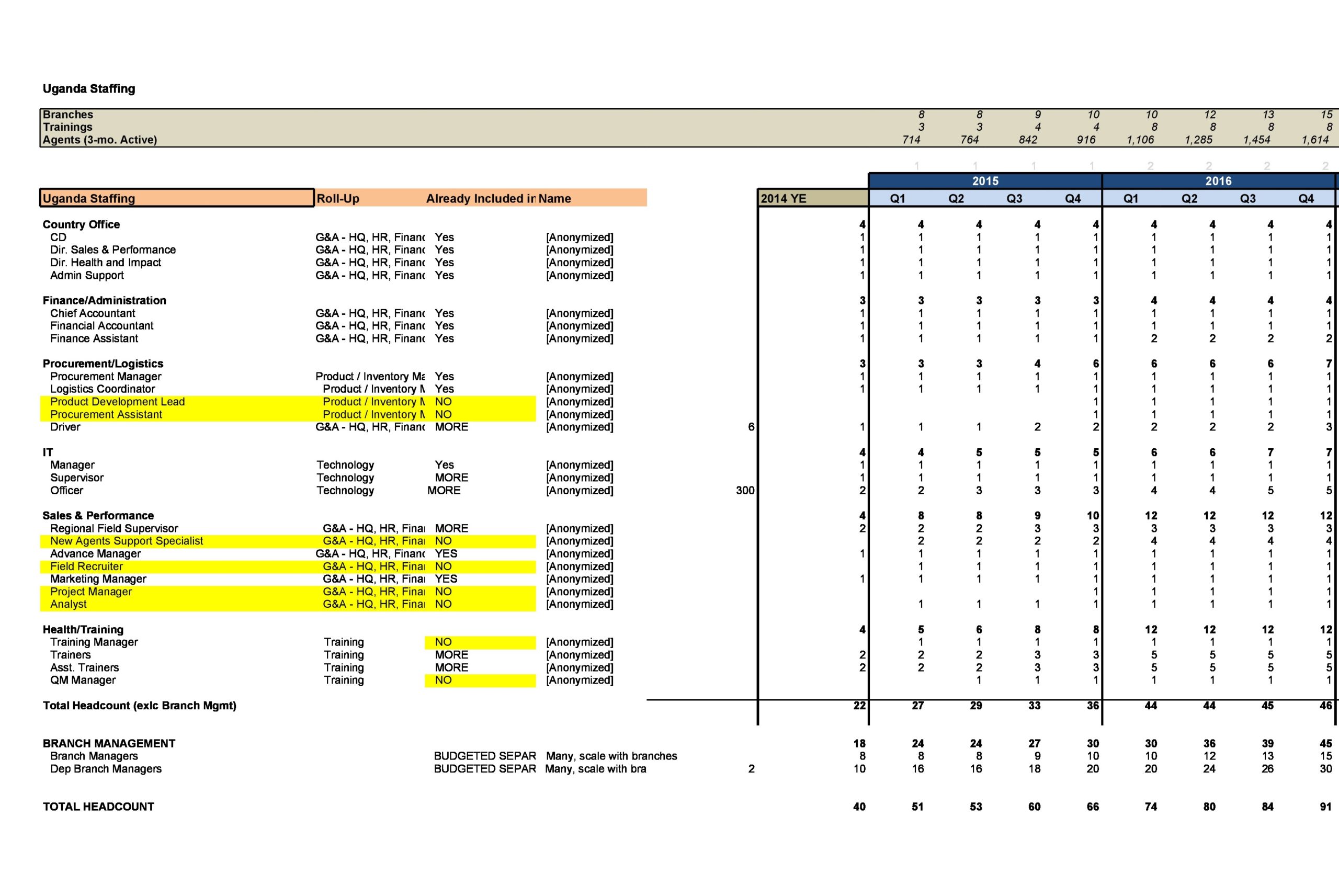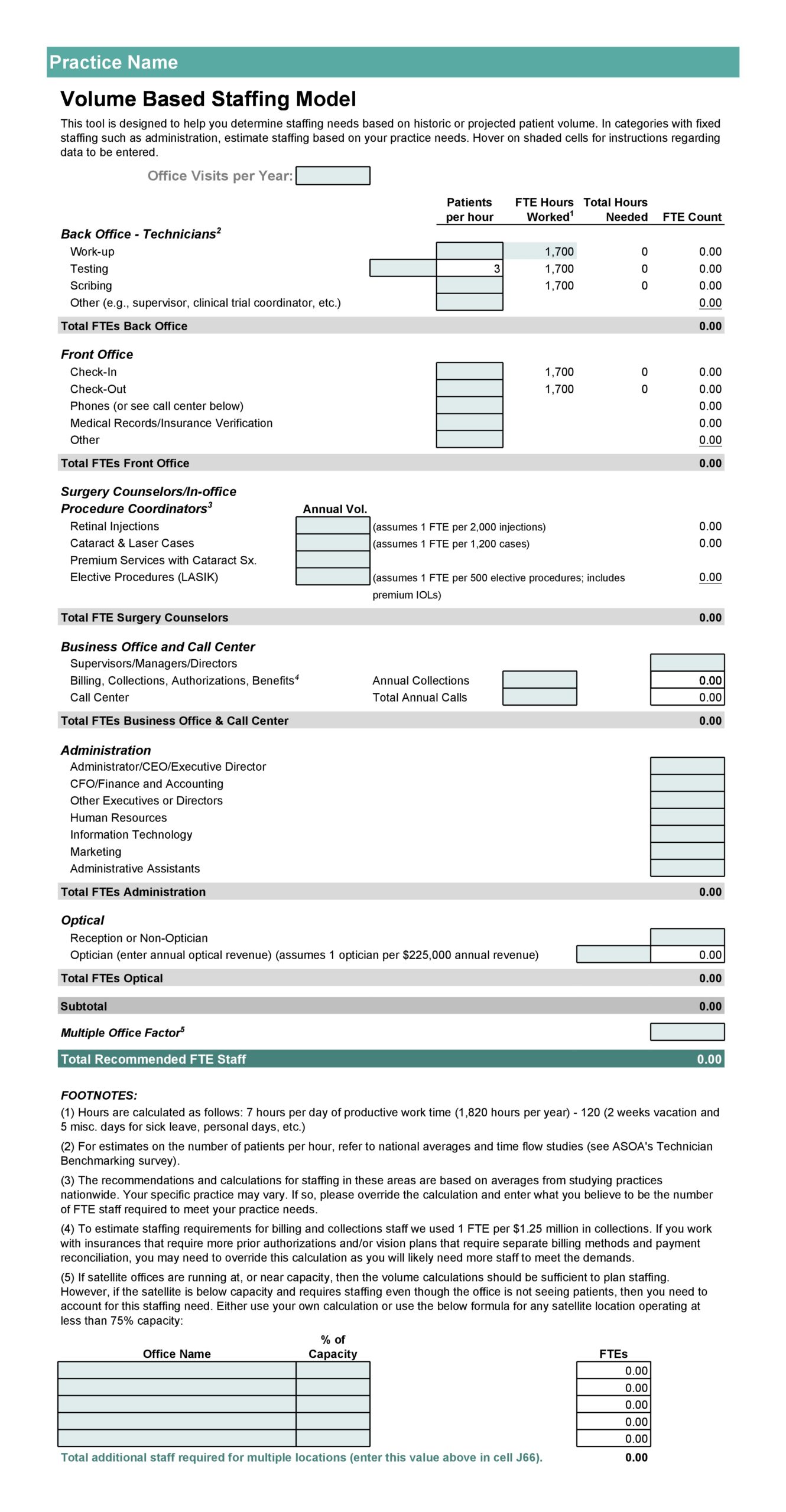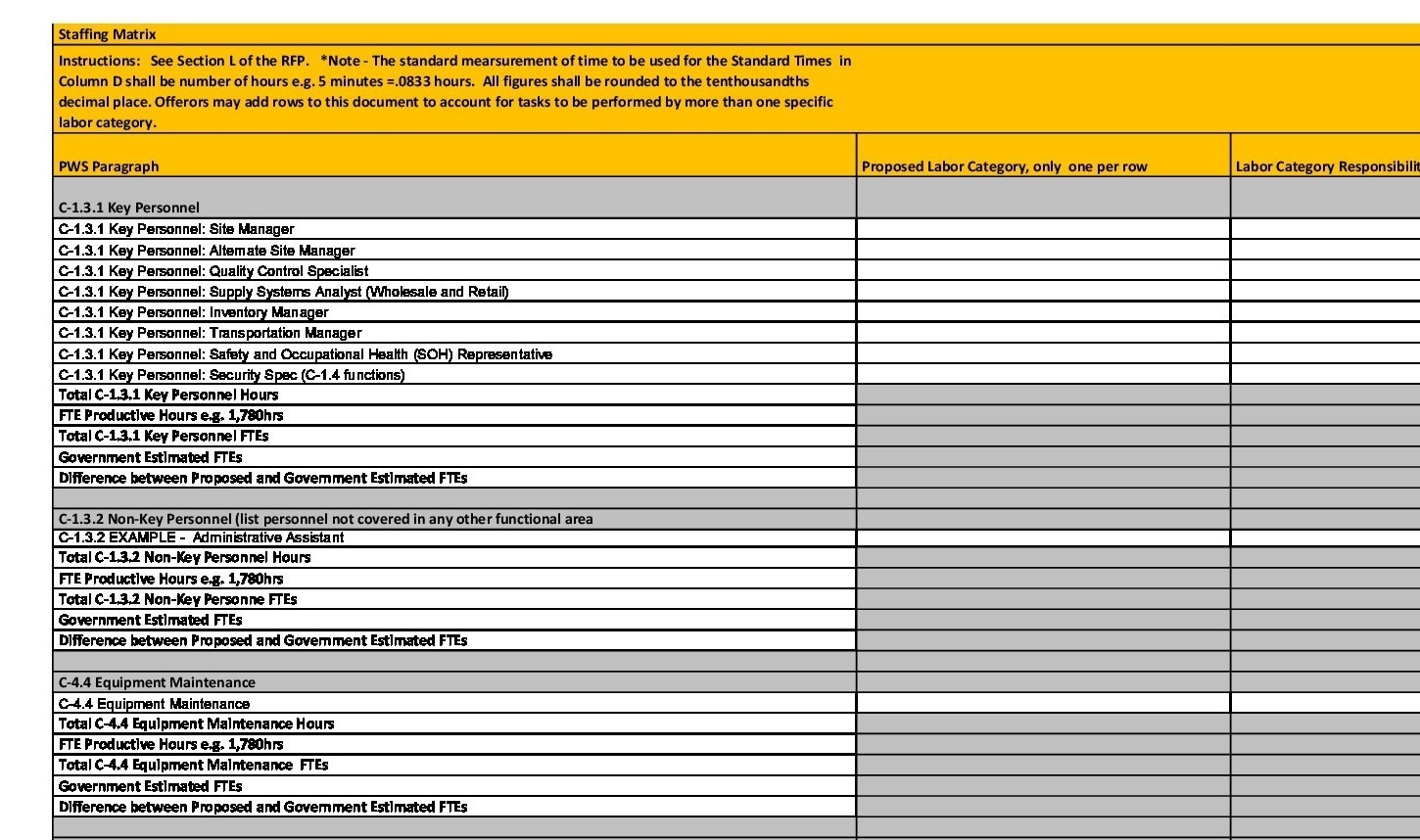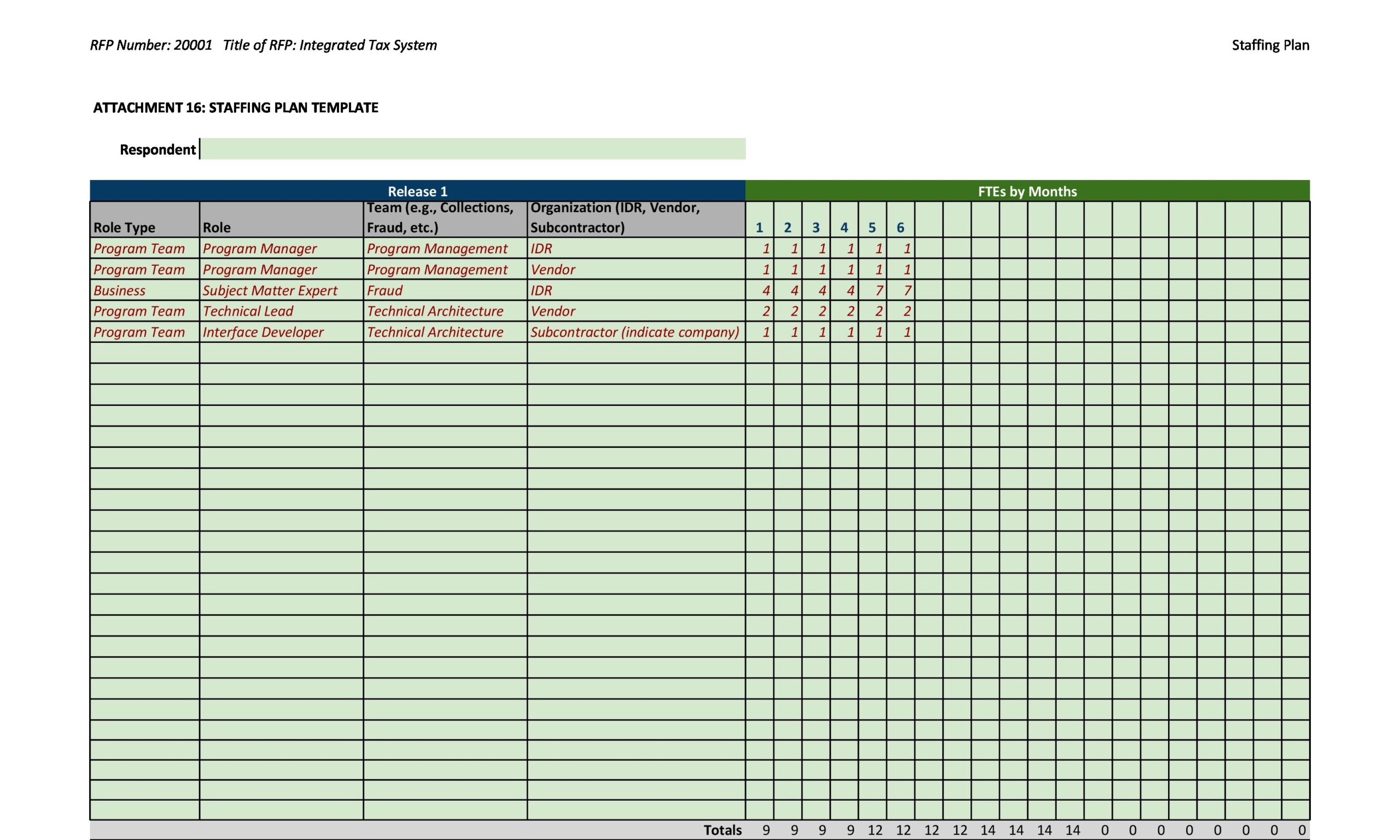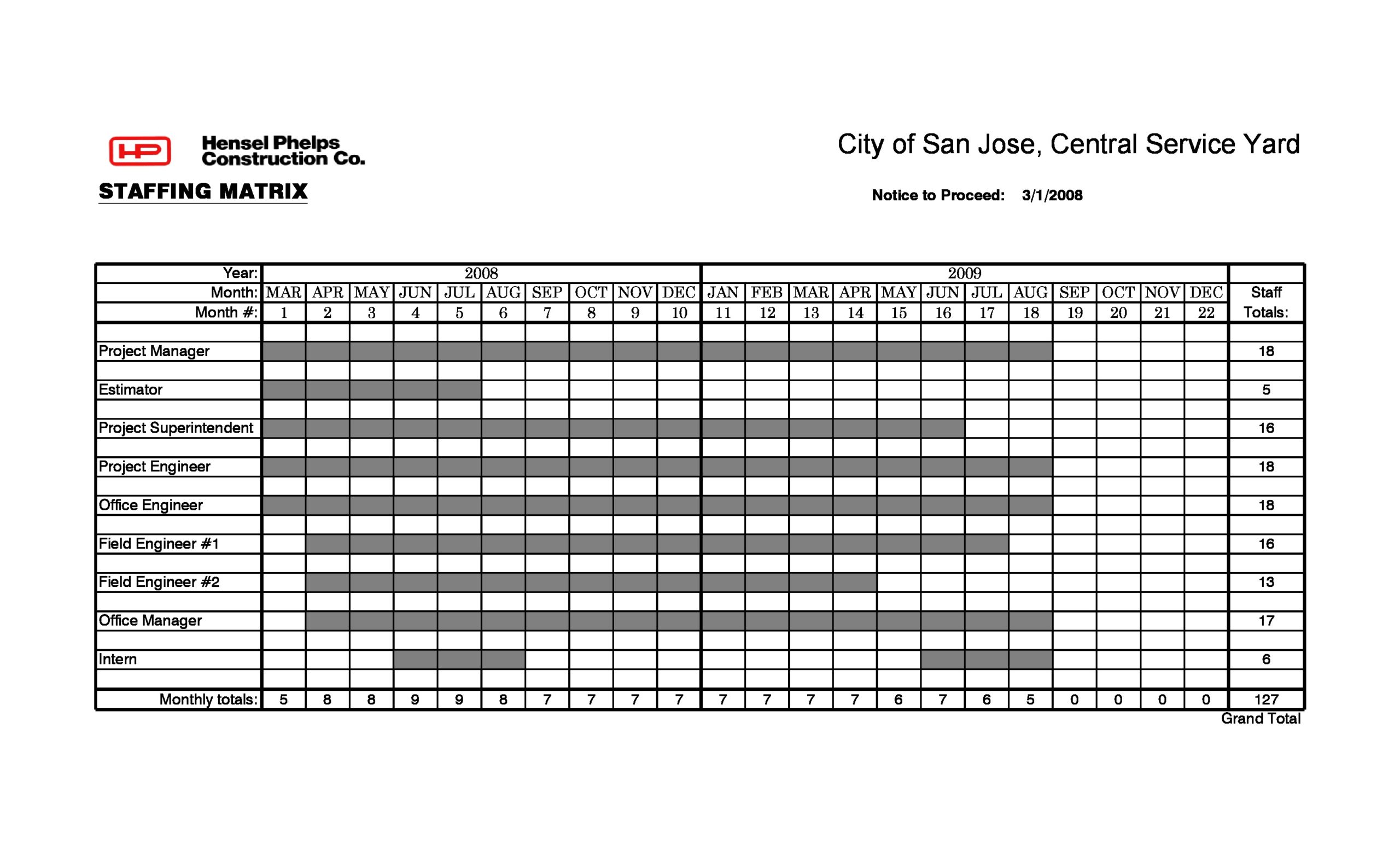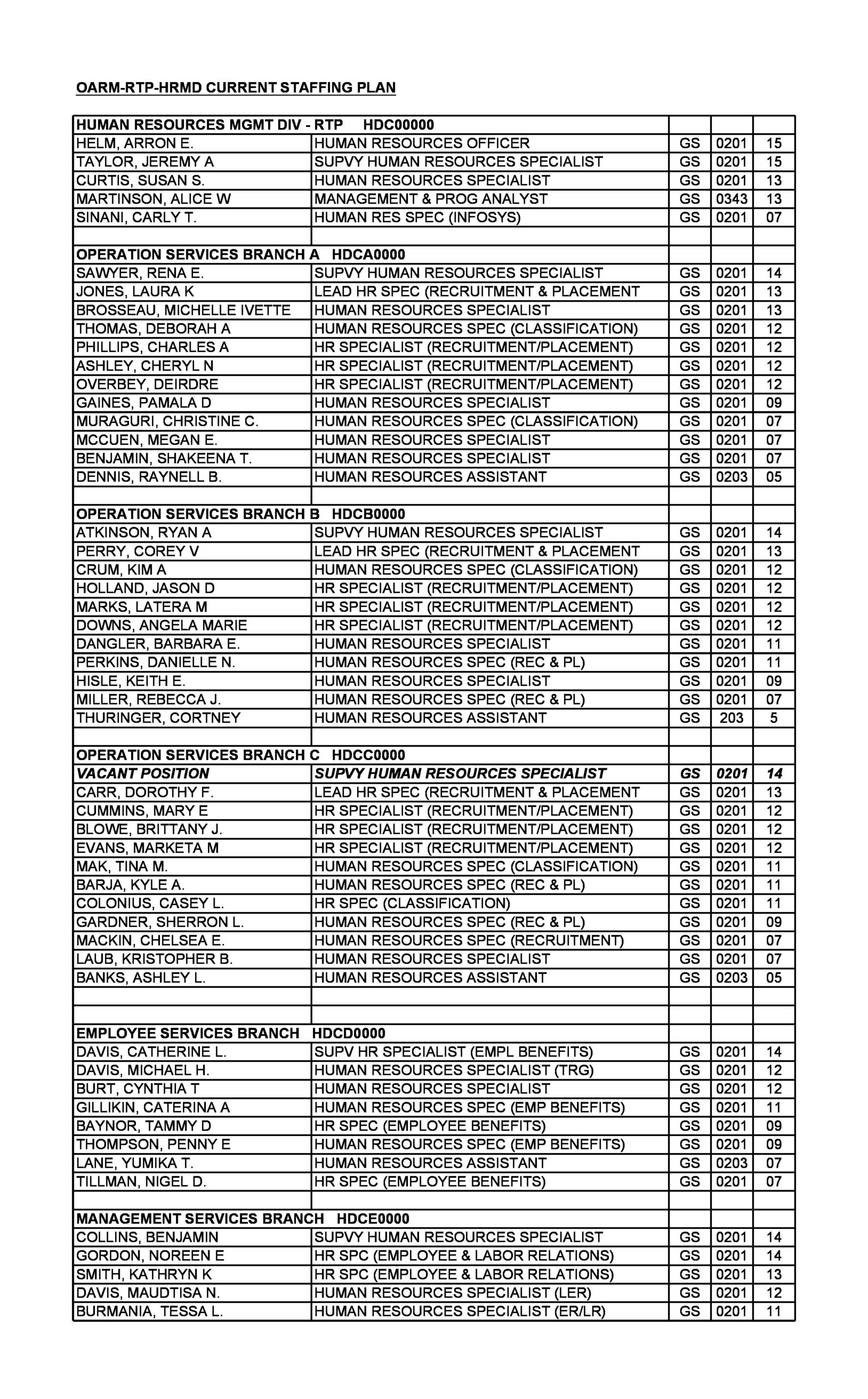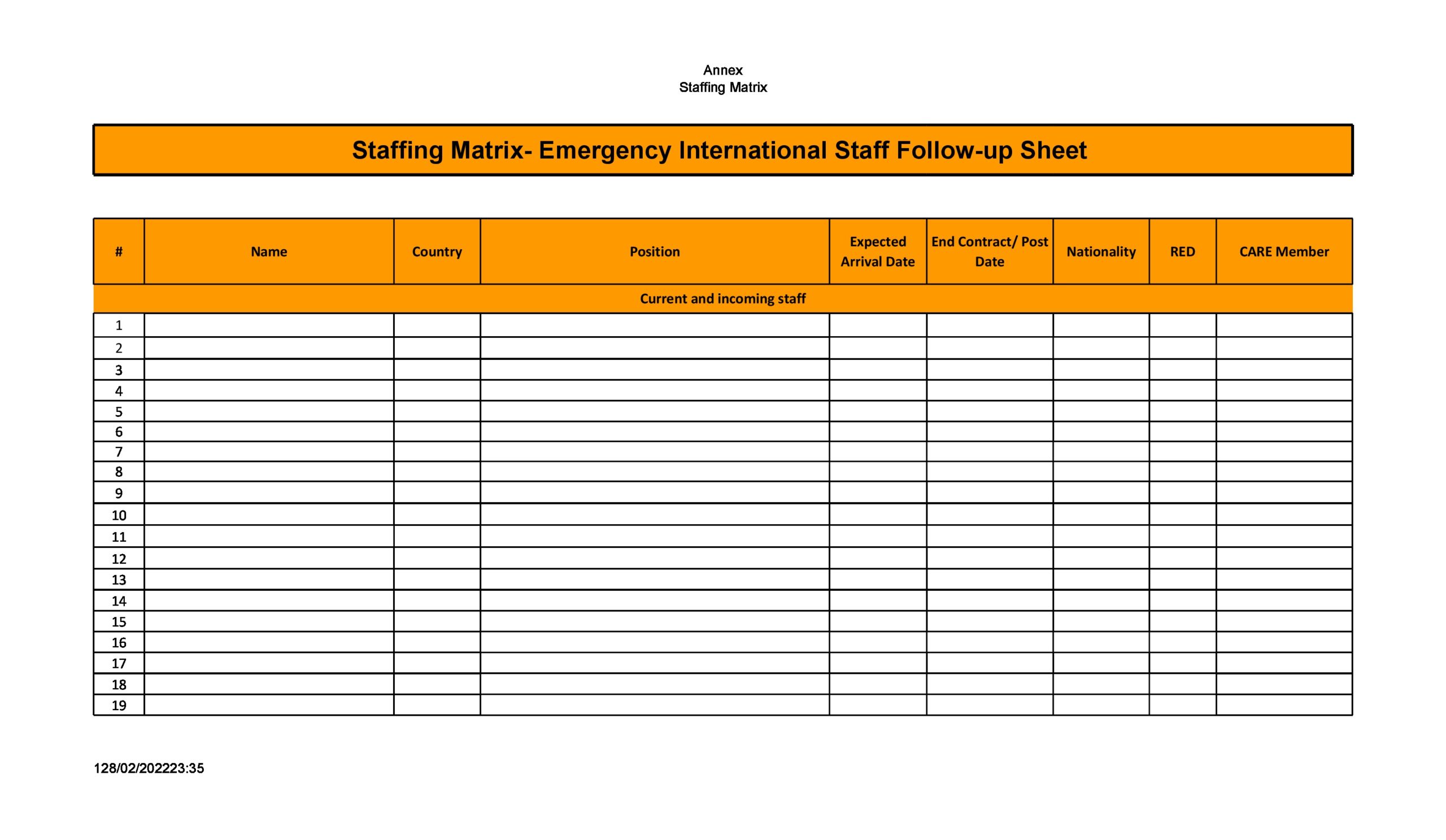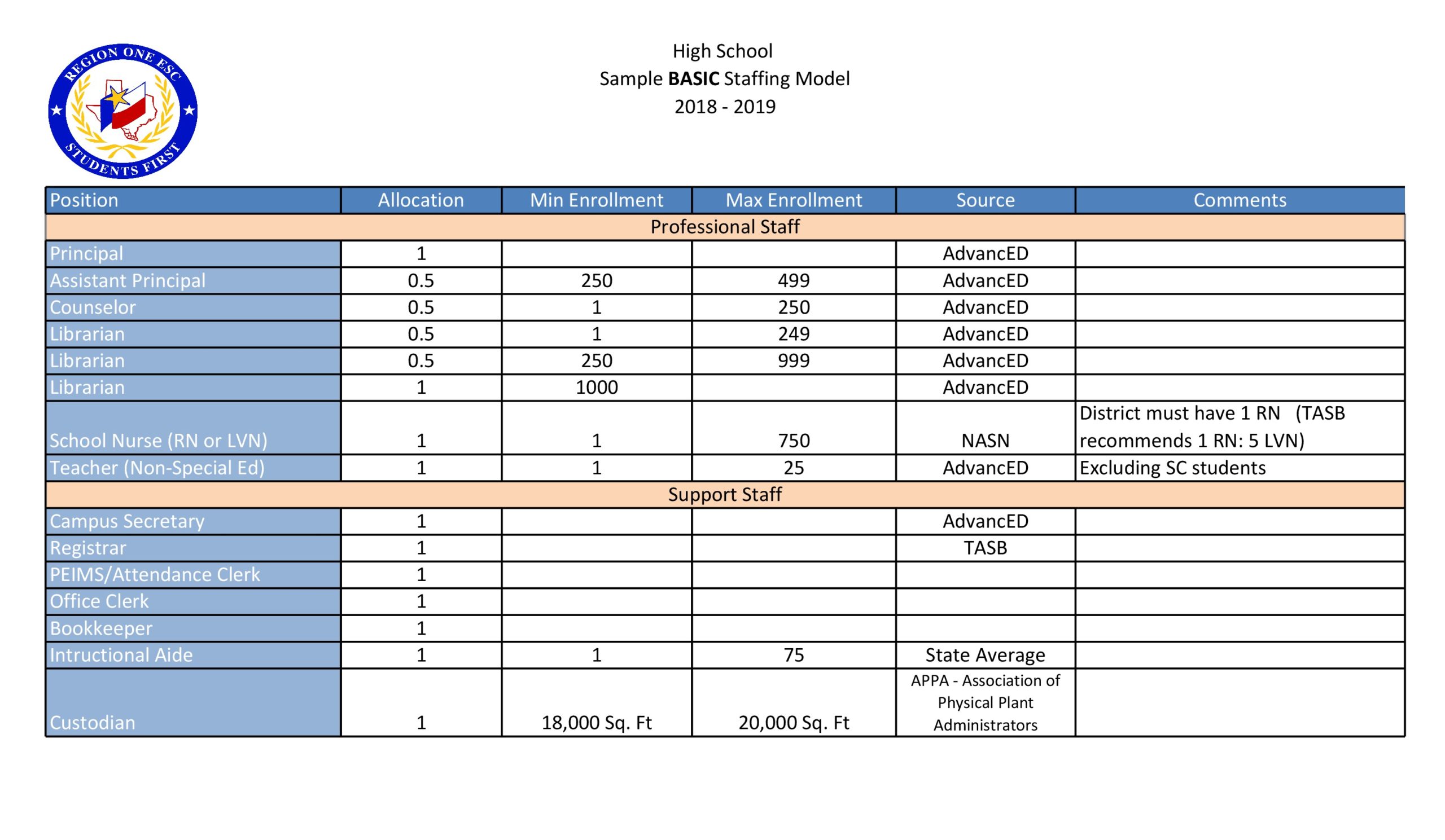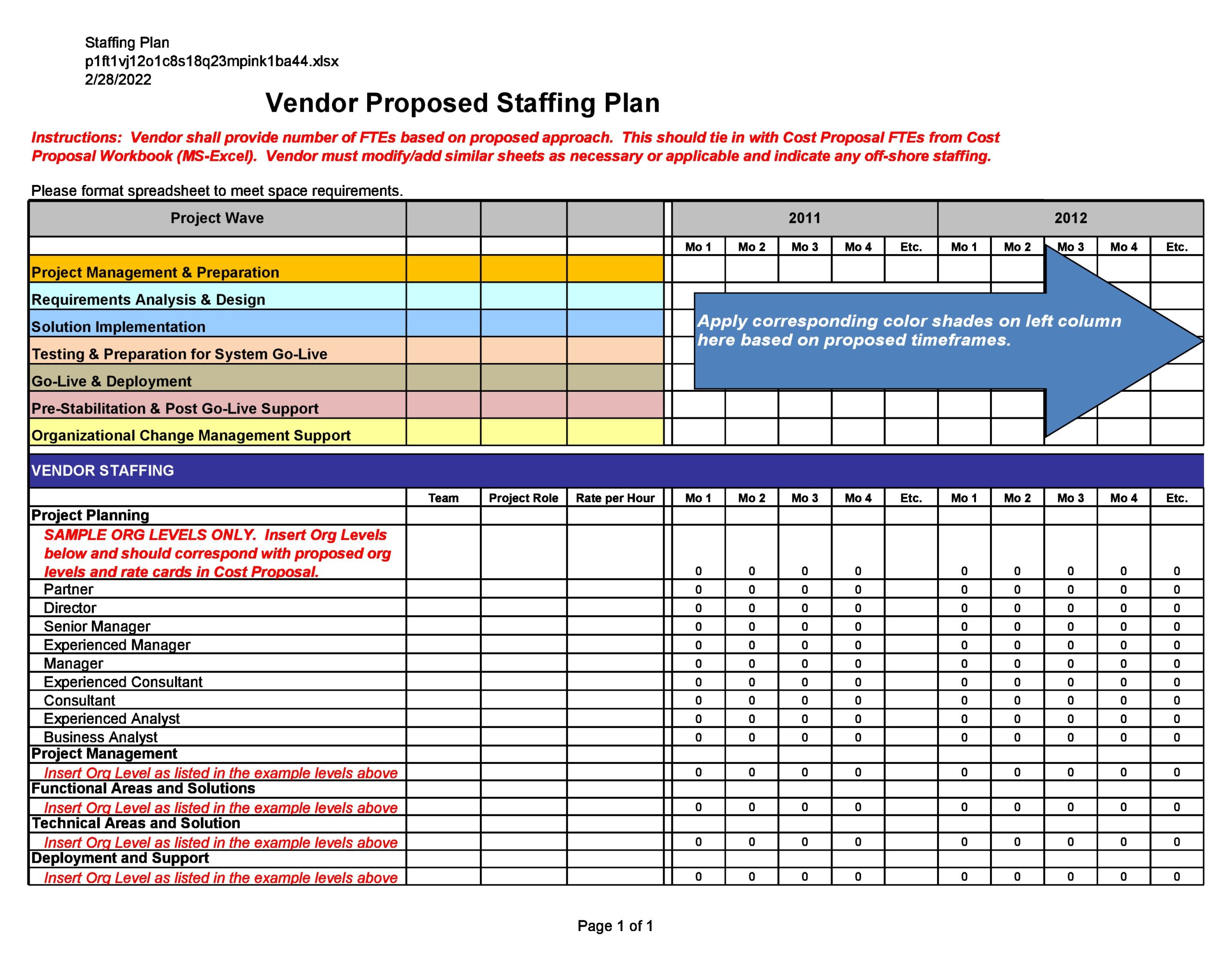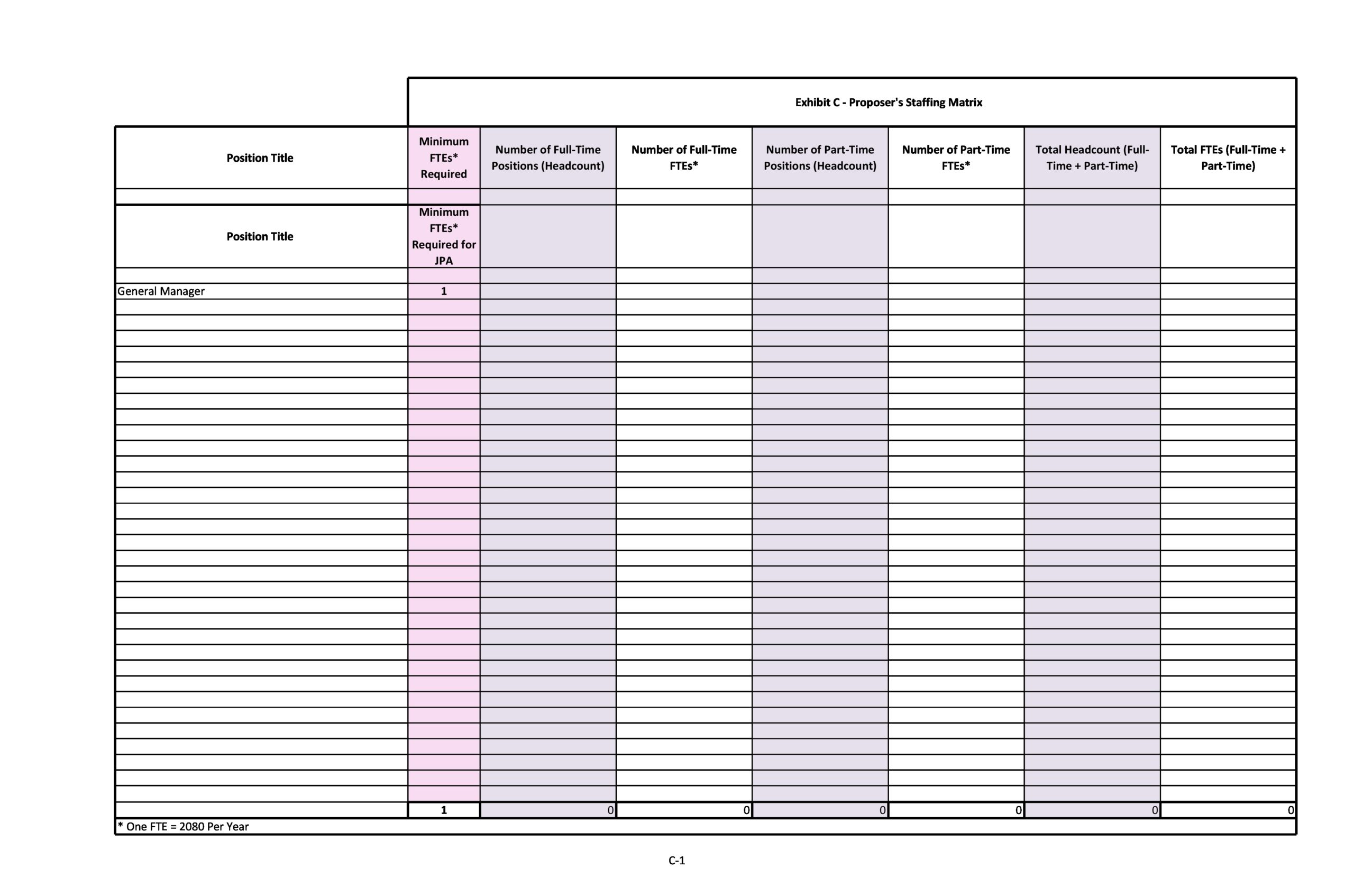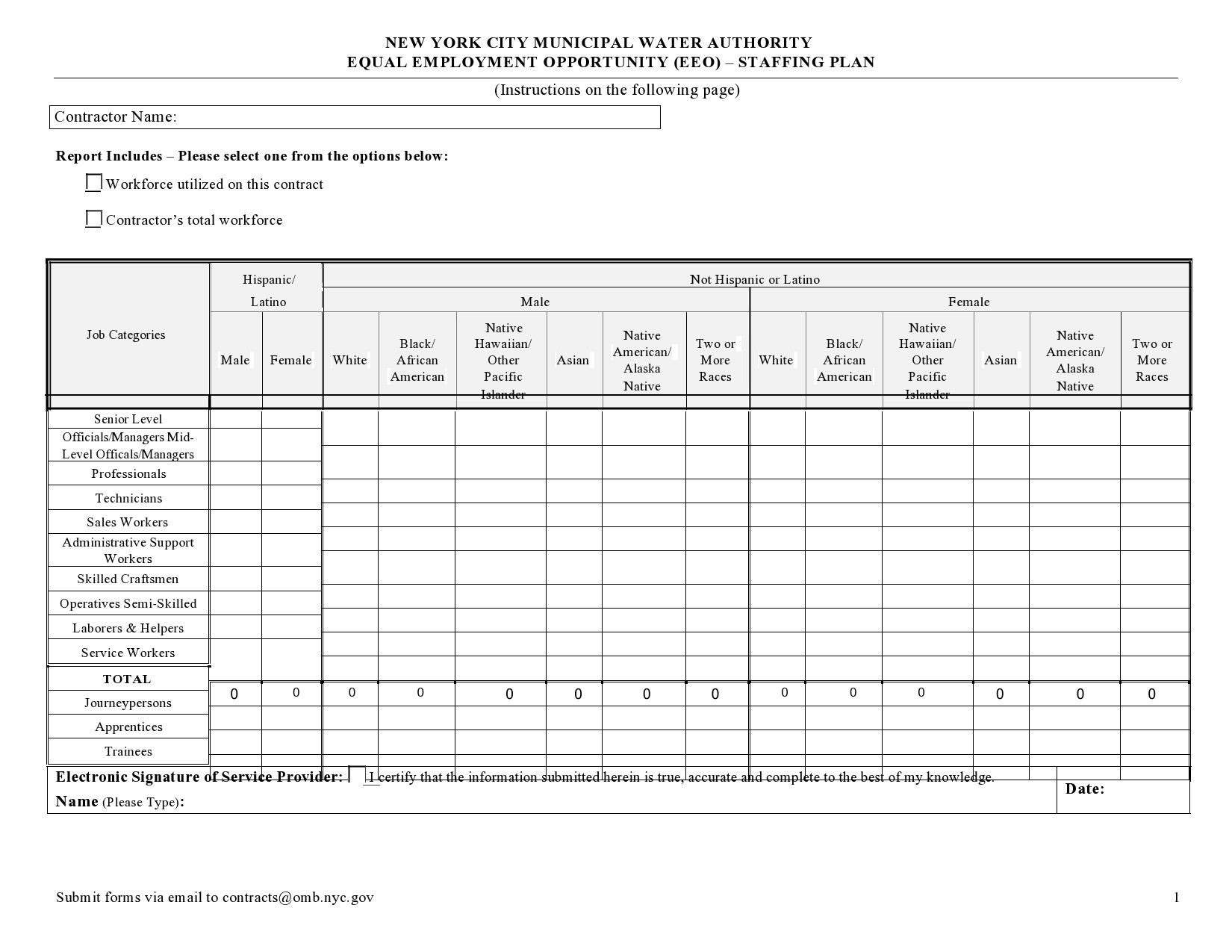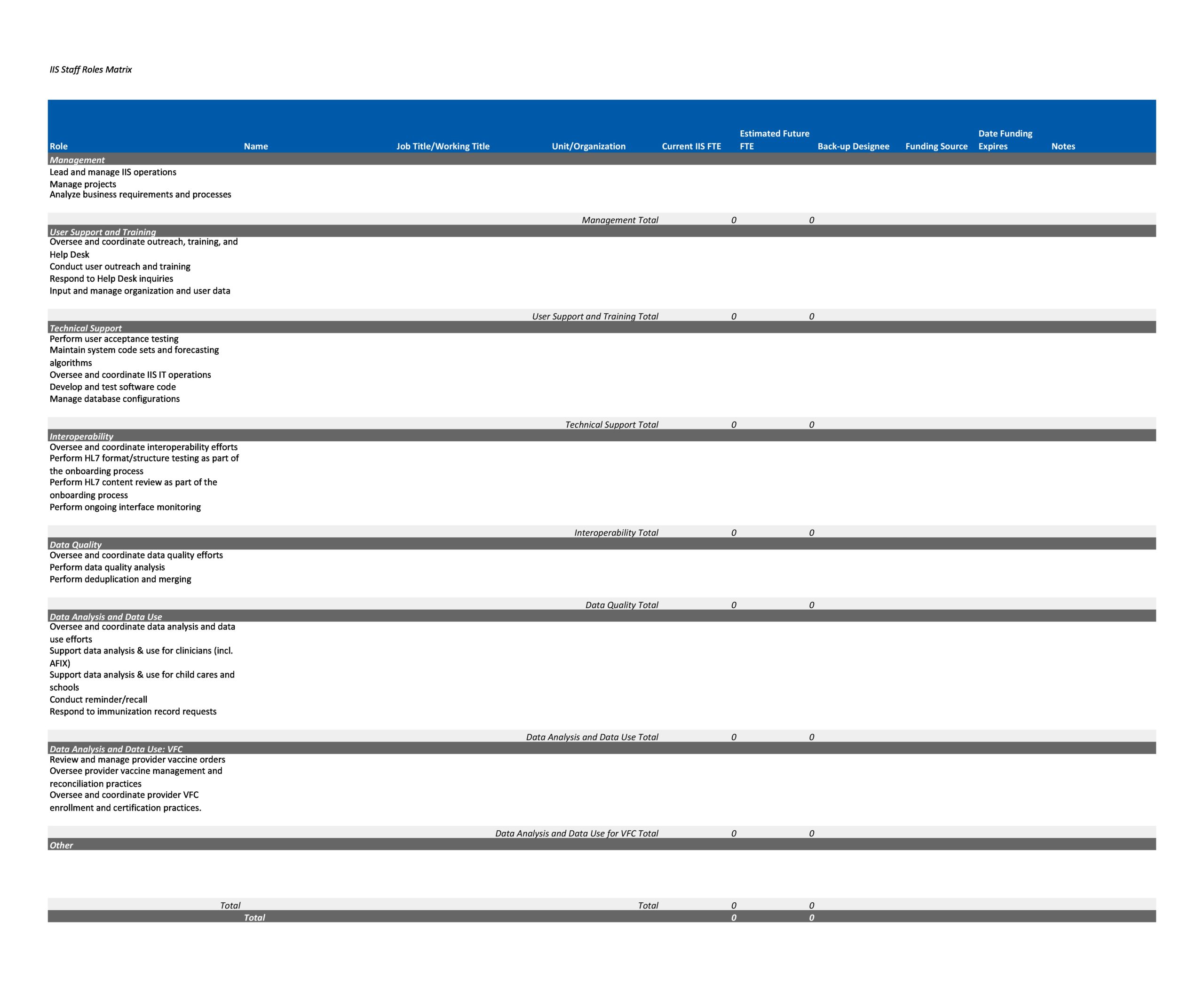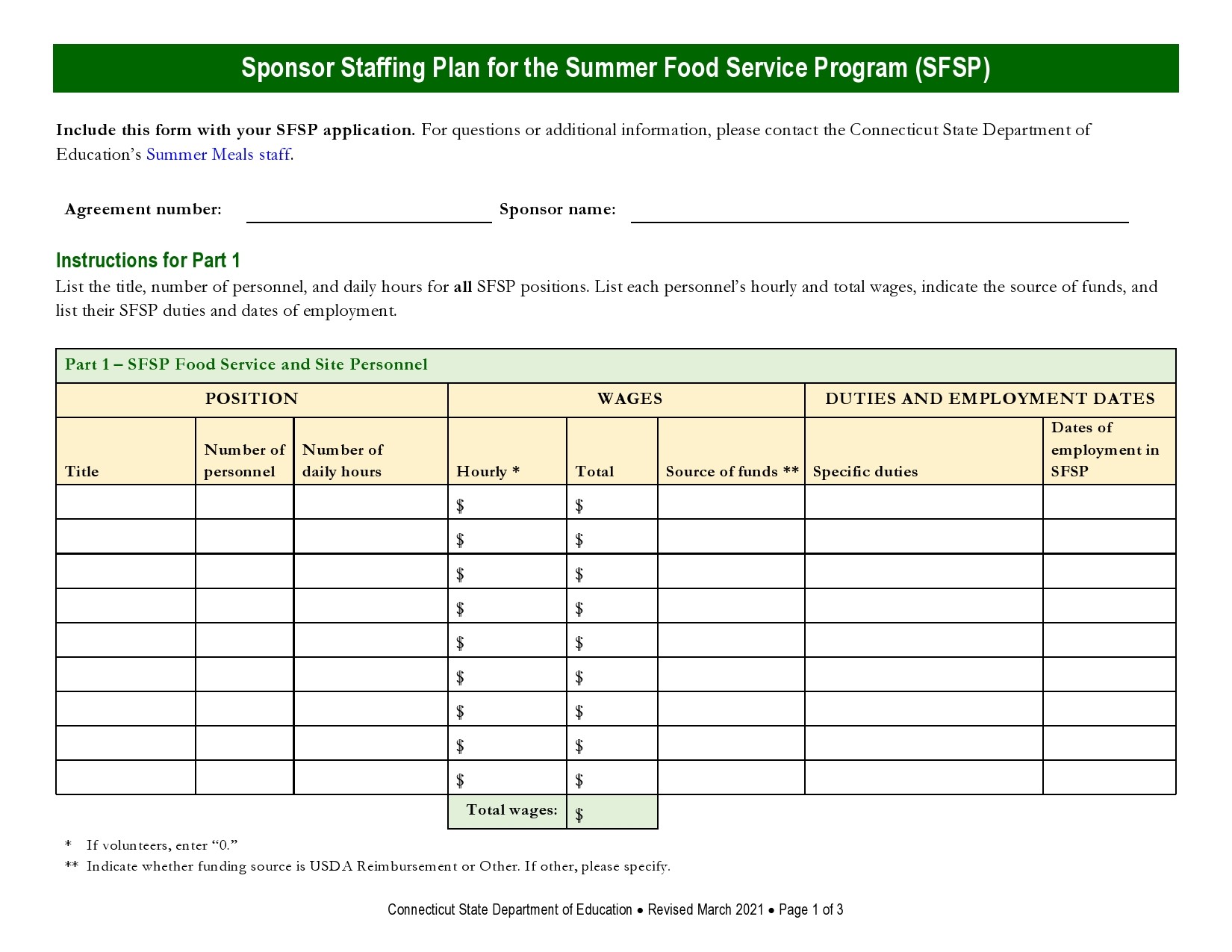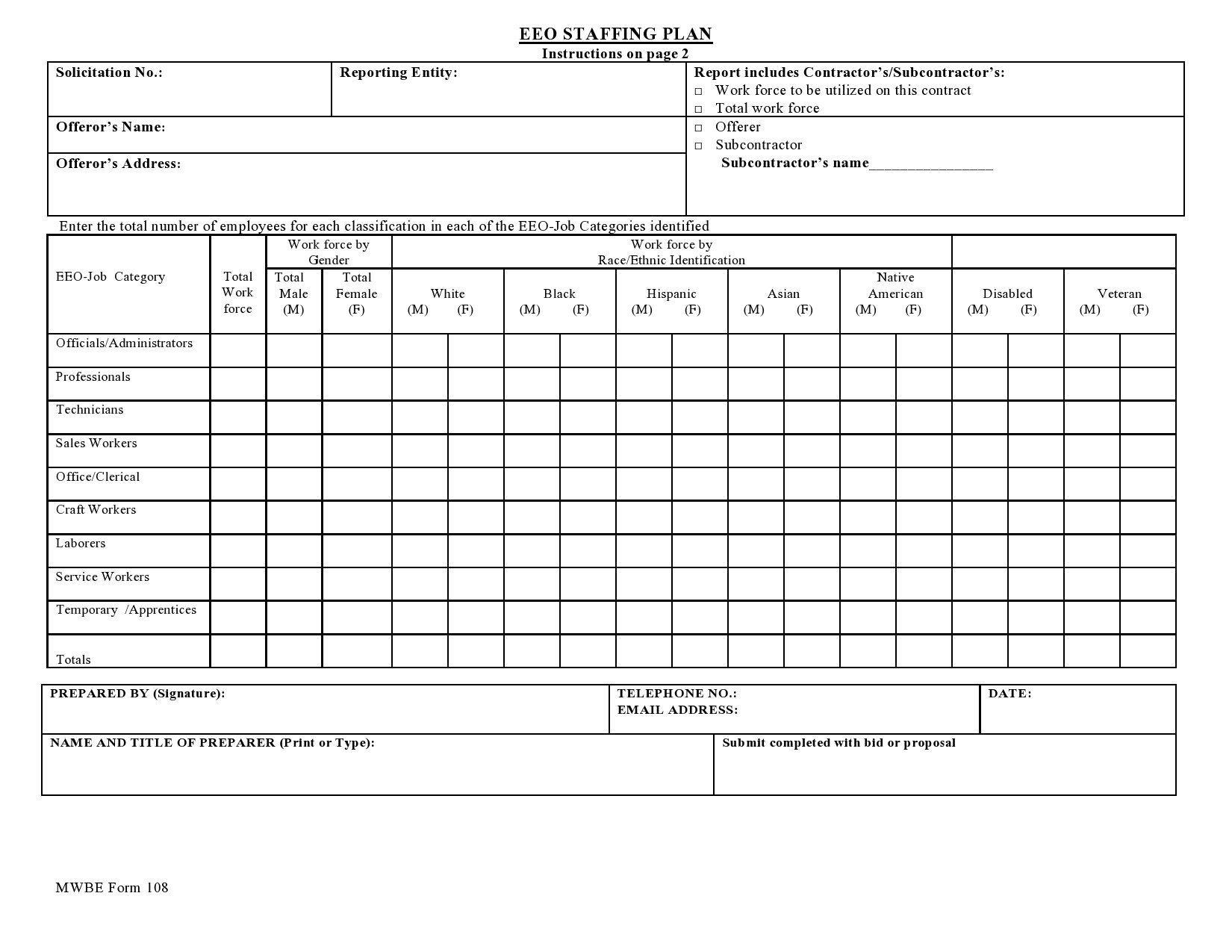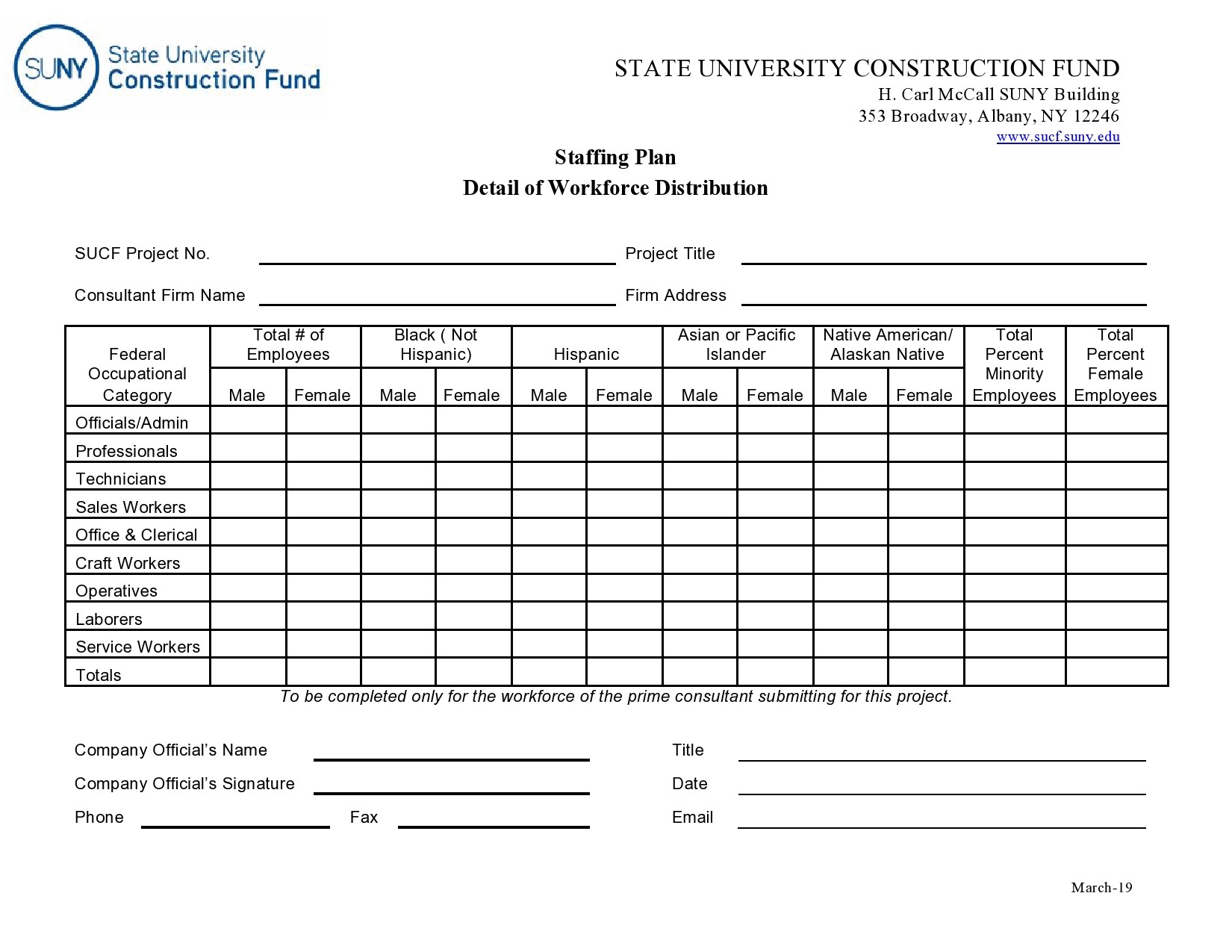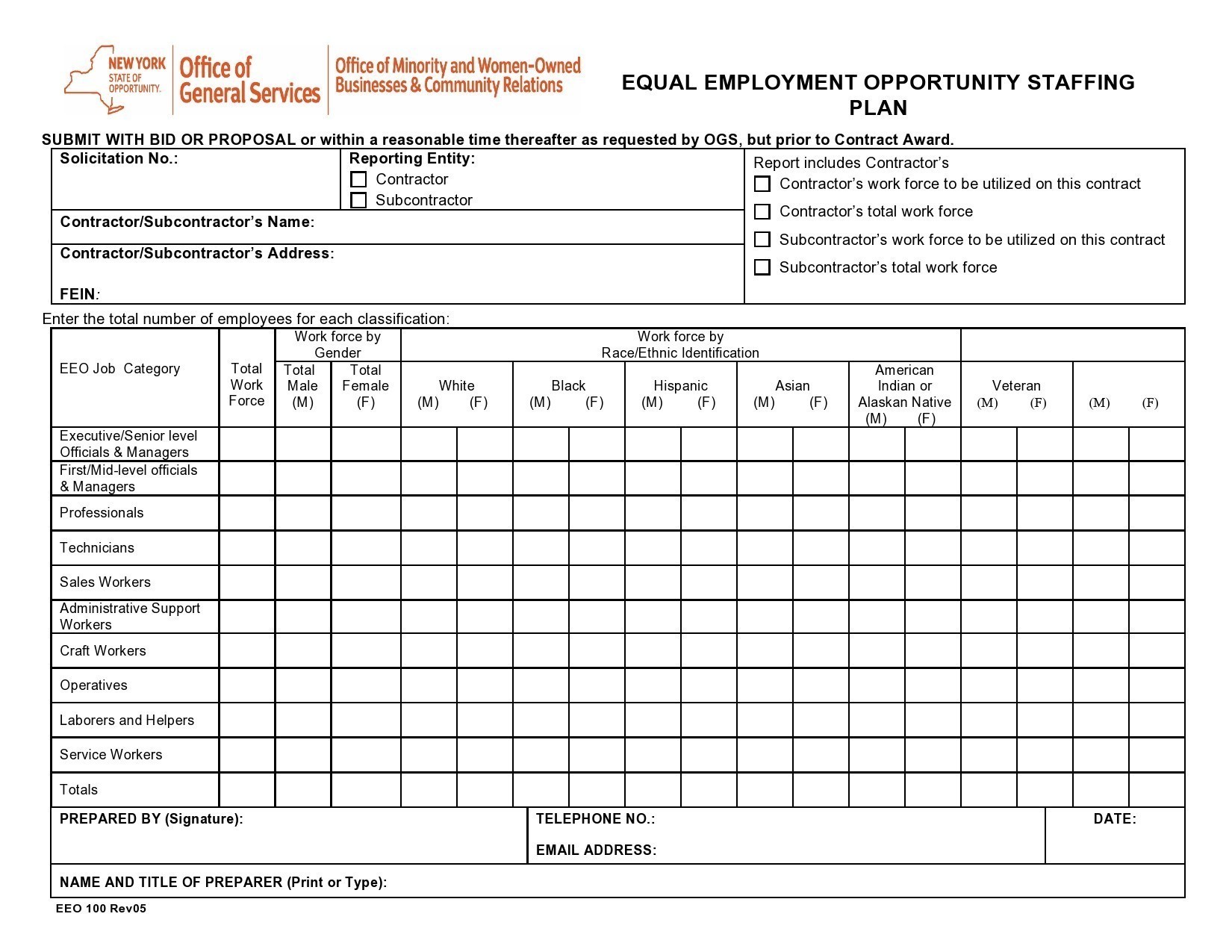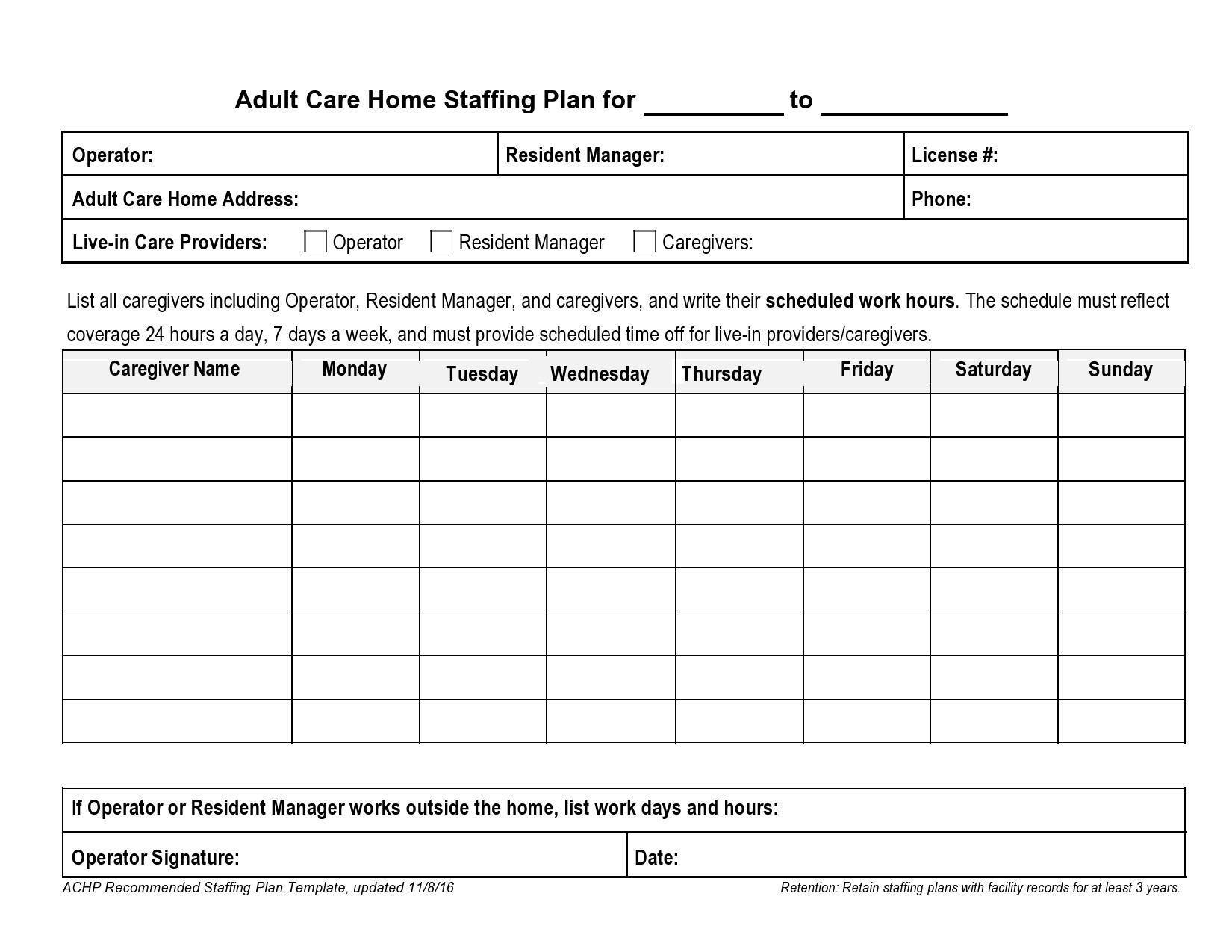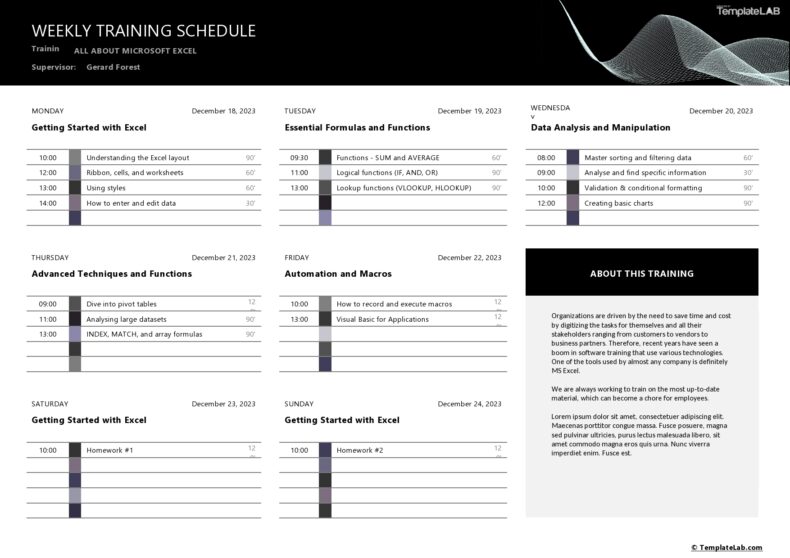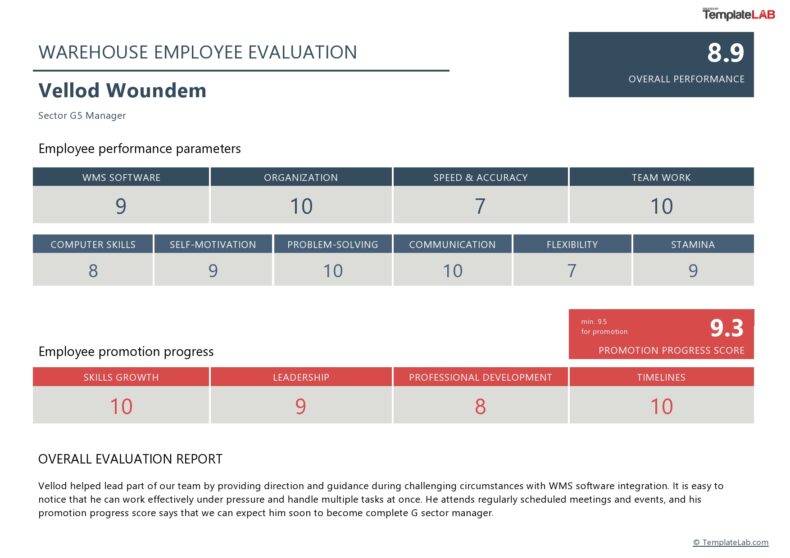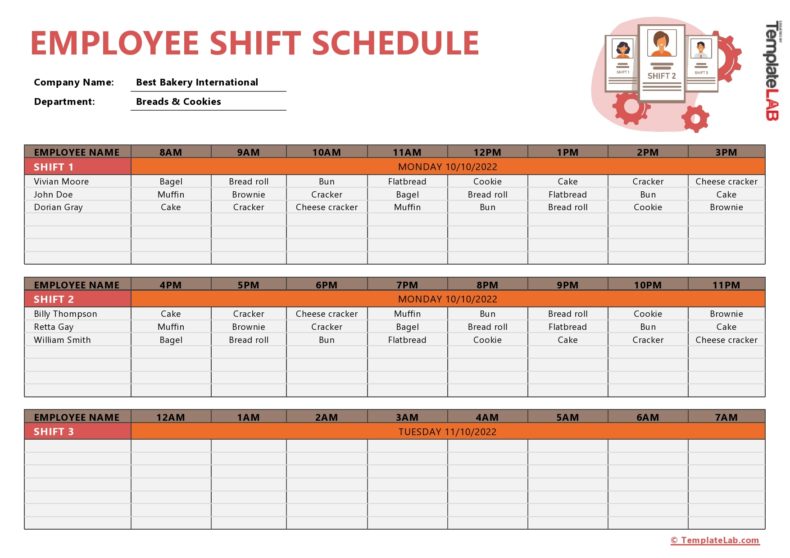According to the society for human resource management, the biggest investment problem in a business is its human resource. Even though workers are an important business asset, many business owners face challenges managing it. The biggest challenges they face are skills gaps, poor productivity, under/over employment. This is a challenge that nearly every human resource department in any business has to deal with. Fortunately, most of the HR issues in a business can be solved with a staffing matrix template.
Table of Contents
- 1 Staffing Plan Templates
- 2 What is a staffing plan in HR?
- 3 Staffing Matrix Templates
- 4 Questions that a staffing matrix template must answer
- 5 How a hiring plan benefits a business?
- 6 Staffing Plan Examples
- 7 How to determine staffing needs?
- 8 How do I create a staffing plan?
- 9 Staffing Model Examples
- 10 Types of staffing plans
Staffing Plan Templates
What is a staffing plan in HR?
For a business to be productive, the management must hire the right personnel. They must also make sure the workers are well equipped to help them improve productivity. A staffing matrix template is a document that helps business owners together with the HR team to manage workers better.
They use the template to assess the workers and identify their needs. The HR department uses it to understand the number of workers needed and the types in line with the company vision and mission statements.
Staffing Matrix Templates
Questions that a staffing matrix template must answer
A staffing matrix should be optimal enough to answer the critical questions that are in alignment with business strategy. Here are the key questions that staffing template must answer.
The amount of work that must be done
Depending on the size of clientele the business is serving, there will be different types of work that will be required. The front office could be busy enough to require 20 employees. Online clients require workers to provide service to them.
There will be order processing staff, delivery staff, payment records accountants, and telephone management staff. Each department requires a manager and the management team requires an overall manager.
The number of employees required
The HR manager should consider each department according to the amount of work required to be done. From that perspective, they can determine how many workers are needed for each. It will help them know whenever the company is overstuffed or understaffed and the right measures are taken.
The level of experience or education required
Some departments might require employees with specific experience. Others might not require any amount of experience. Some other jobs require employees to have graduated with a higher degree. Others require a college diploma, high school certificate, or a bachelor’s degree. Categorize the positions according to the level of education required, experience, or skills.
The skills gap required to be filled
The business could have the right number of workers required, but they could be lacking the necessary skills. You may decide to work on skilling them, upskilling, or hiring new skills. It will help improve productivity. Depending on where change is required, you may prepare a hiring plan template for the entire company or focus on one or more departments.
How a hiring plan benefits a business?
Hiring with a well-devised plan helps organizations in many ways. With changing business models and newer business trends like remote work, virtual hirings and global teams, you need to create the best plan to make it beneficial to your business.
Working with the best skills
The business person might have the right number of staff required. However, only a section of them could have the right skills. The hiring plan template helps the HR department identify the skills required for each department. When they are hiring, they will advertise vacancies and be specific on the skills they are looking for. It is an advantage to the business because it will have workers with the right skills.
Enhanced business growth
A lot of things go into the growth of a business. It starts with the right products for its niche. The right skills for better productivity matter too. Better customer service and marketing help bring more clients into the business. The outcome is streamlined business growth.
Reduced cost of labor, less waste, and maximum productivity
It can be expensive to work with the wrong people in terms of skills and education. They might become a liability to the business and increase the cost of labor. When working with the wrong equipment leads to poor productivity with increased waste. A business benefits from better productivity when work output is streamlined.
Increased turnover and better employee retention rate
Both the employer and employees benefit when a business is making more profits. They get better benefits, increased wages, and hope for the future. When the business is performing poorly, the future is never certain. Workers will keep applying for jobs elsewhere, and the business will keep hiring all the time.
Customer retention and enhance employee engagement
Customers feel satisfied with a good service experience. Nothing draws away customers like poor service. In the same measure, nothing attracts customers more than excellent service. The hiring plan template helps place the right employees in the right departments.
Due to this, they stay engaged because they feel they are working where they should be. The overall benefit goes to the business. The HR department should be keen on creating the right hiring plan template.
It will benefit the business by helping prevent challenges that might cause growth delays or hinder product quality. Poor product quality will lead to unsatisfied customers and loss of business. Apart from helping with recruitment processes, hiring plans also help with budgeting and making financial decisions in a business.
Staffing Plan Examples
How to determine staffing needs?
Determining staffing needs correctly will help you create an achievable staffing plan. You will have three main points to consider.
Analyze the current staff levels
There are several steps you will consider to help you determine the current staffing levels. You may want to take a staffing stock department by department. Record the number of staff you have in the department. Record their duties and how they are managing to deliver them daily. Record if they are overworked or underworked.
Analyze the future staffing needs
Once you have prepared the current staffing level report, analyze how the future staffing needs will be. You may want to consider the current business growth rate and needs. Determine the level of strain the current staff experience to be able to deliver the service. You may want to analyze if the future need is immediate or long-term. This is what will help you determine how soon you need to start hiring and who should be recruited.
Define the gaps between the current and future staffing needs
You may indicate the current staffing needs as overstaffed, understaffed, lacking skills, etc. The future staffing needs can be indicated as new talents required or more staff required. Determine how the gaps will be filled. There will be different ways to fill the gaps, which can be new recruitment, promotions, or skilling.
At some level, the HR department might want to cut the number of staff if they are too many. It will help reduce the wage bill. New recruitment should meet the current skills needs. It should also focus on the future needs of the company and meet that need immediately or progressively.
How do I create a staffing plan?
You require a staffing matrix template to help prepare the staffing needs in the business. You may use a staffing plan example for ideas. To complete a staffing plan, follow these steps.
Evaluate the business goals
The business goals focus on the things that must be accomplished within a given time. You may consider the work targets each department is required to complete. From the work targets, identify the human resource required to meet them.
The goals spelled out in each department should be in alignment with the business vision. Focus on the main projects that require more support, strategic business goals, and the adjustments that might be required. This is in terms of realignments or reorganizations required to enhance customer service. The main points to consider for this step are as follows:
- What is the main thing coming up in the next year? Tactical or strategic objectives
- What actions are required by HR to support the objectives?
- What set of goals will help the HR department to function in alignment with the main business objective?
- What is the level of support required from the other departments?
- Are there any internal goals the support will help the company achieve?
Decide who the influencers will be
Different factors might affect the staffing plan. There might be resistance internally, or finances could be an issue. Whether the issues could be positive or negative, they can affect the company’s staffing goals.
Influencers will help sell the idea to the management and other workers to ensure there will be no resistance. Influencers can be internal or external. Hiring can also be done internally or externally.
The company may advertise on the notice board or send emails to the staff. When advertising to hire externally, the business might decide to advertise in the company career portal, hiring companies, or other types of media. The right questions for this phase can be:
- What skills are available in the market?
- What gaps are affecting the development of skills?
- What new technologies may affect labor supply?
- What new changes are required to improve worker engagement?
Analyze the current skills within the company
The HR manager should take stock of all the human resources they have. They should classify the current skills to determine if they are placed in the right departments. The HR analyzes if the currently available skills apply to the business.
If the current skills cannot meet the business needs, the HR department should come up with a solution plan. It could be to reshuffle the current staff to the right departments or to bring in new talent.
Identify the gaps
Staffing gaps can be at different levels. It can be that the company is overstaffed or understaffed. There could also be a lack of experts or the staff has been placed in the department wrongly. The gaps are not a measure of weakness in the company but an opportunity to correct and improve. A staffing model example might help with ideas.
Develop an action plan
An action plan defines how the gaps shall be addressed. The action plan should address the following points:
- The number of new hiring required
- The procedure to follow
- The timing
- Upskilling required
- Skilling required
- News skills required
- Budget required
Responsibilities for each department
The action plan should ensure every worker will be satisfied and there will be no complaints. The staff will complain if you bring in new staff with the skills that are already available within.
Staffing Model Examples
Types of staffing plans
A staffing plan should be well planned and given a good afterthought. It should help meet the long-term goals of the business without causing unnecessary downtime. Each company might have a different staffing plan but you may read a staffing model example to have a clue.
Short-term hiring plan
This type of plan focuses on the current needs. There could be staffing gaps created after some workers resign or retire. The positions cannot wait to be filled at a later date but must be addressed immediately. Another example is when a business is going through a high sales season. More workers will be required immediately. In this case, a short-term hiring process will be applicable.
Long-term hiring plan
Long-term hiring needs look into the future needs of a company. The business could be growing at a constant rate triggering the need to hire more in the future. There could be skills gaps that require to be filled. The company management will take time to evaluate the needs and decide the exact skill or type of workers required to fill the gaps. Long-term hiring plans take at least one year to complete.
Worker succession plan
Without a succession plan, business operations can be significantly affected if one skilled staff member leaves. It takes time to learn their work or to train new staff to take over. The worker succession plan helps mitigate this challenge. It ensures there is another worker who can seamlessly take over the functions of each staff if, for any reason, they leave. It could also be that they are not leaving but have been promoted.
Strategic staffing models
This is a hybrid type of staffing model example. It includes both short-term and long-term staffing plans to ensure there is a smooth flow. The model constantly looks into the staffing needs to determine if there is a shortage or surplus staffing.
It also determines if there is a skills gap that needs to be filled. This is the model that can be used to conduct further training. It helps prepare the staff within a department to take over the duties of one of their colleagues if they are promoted or leave the company.

